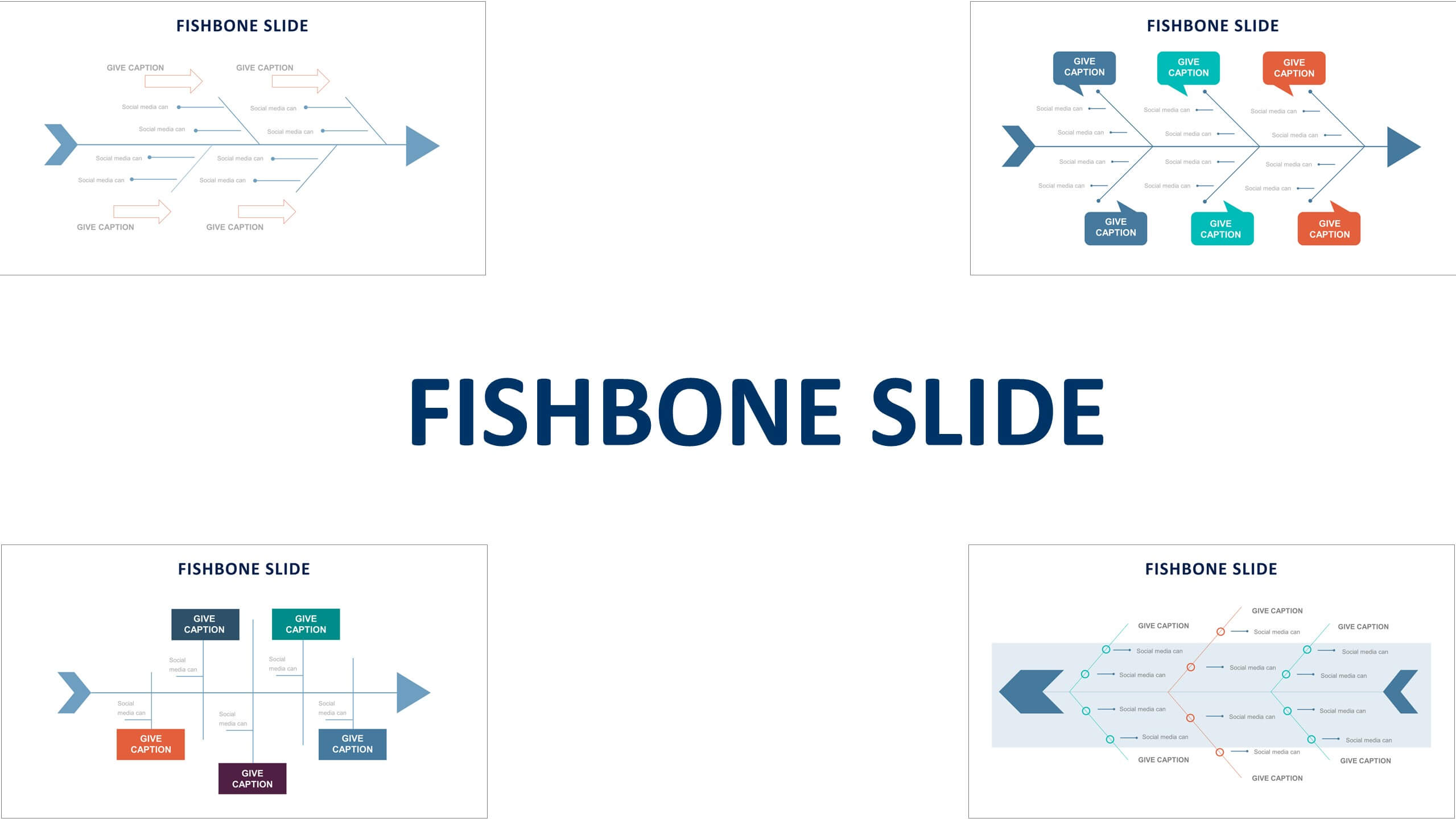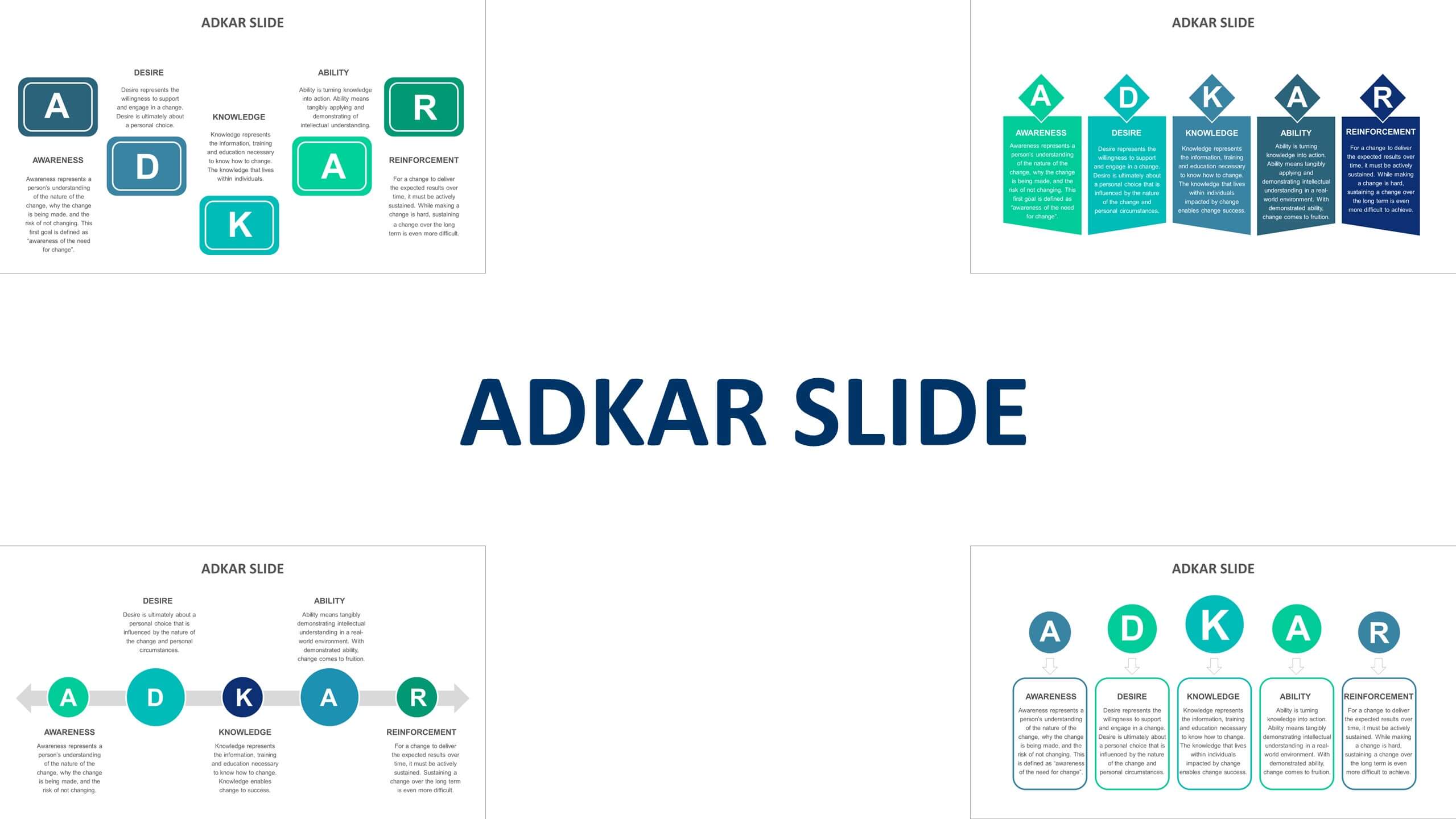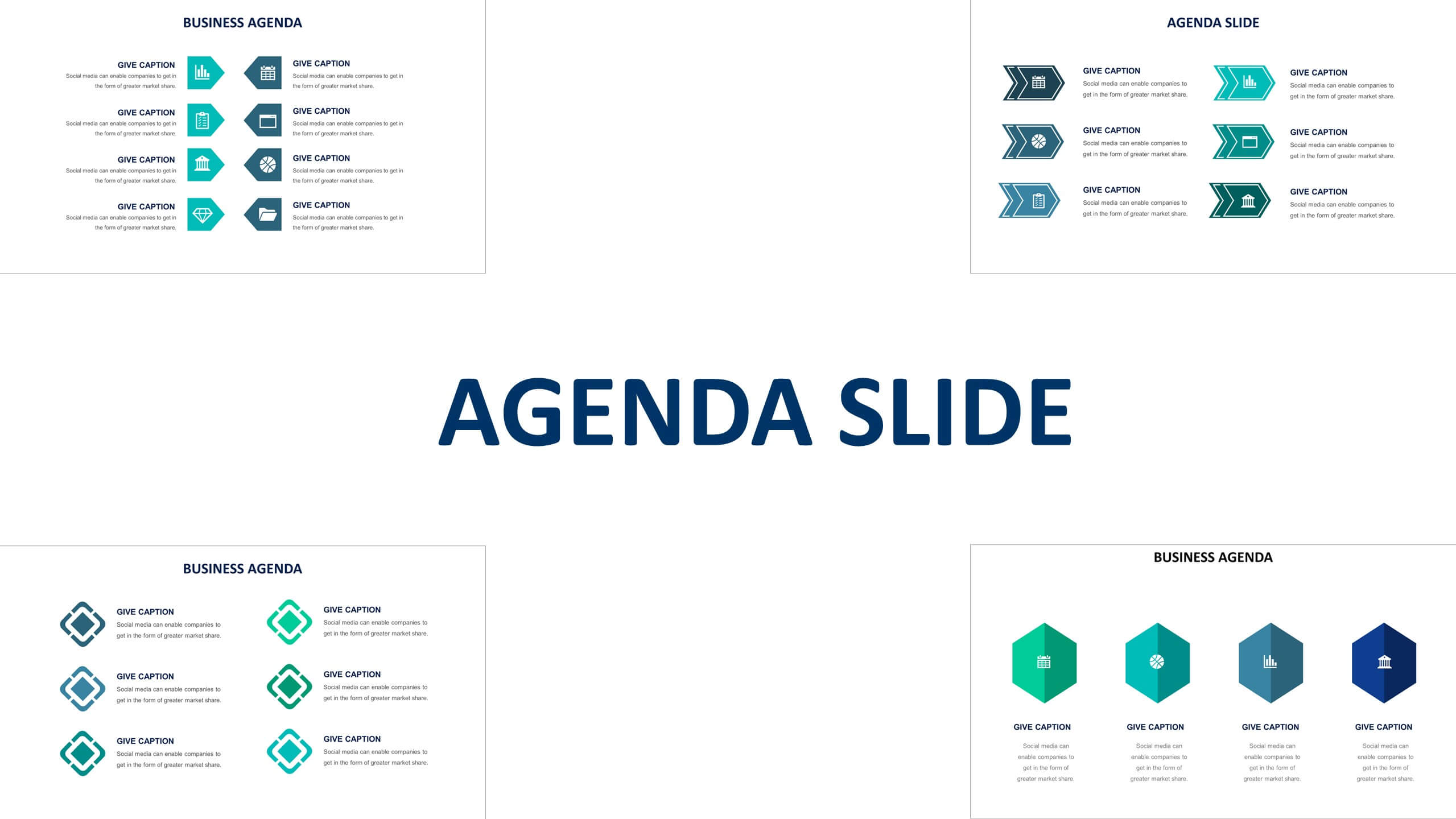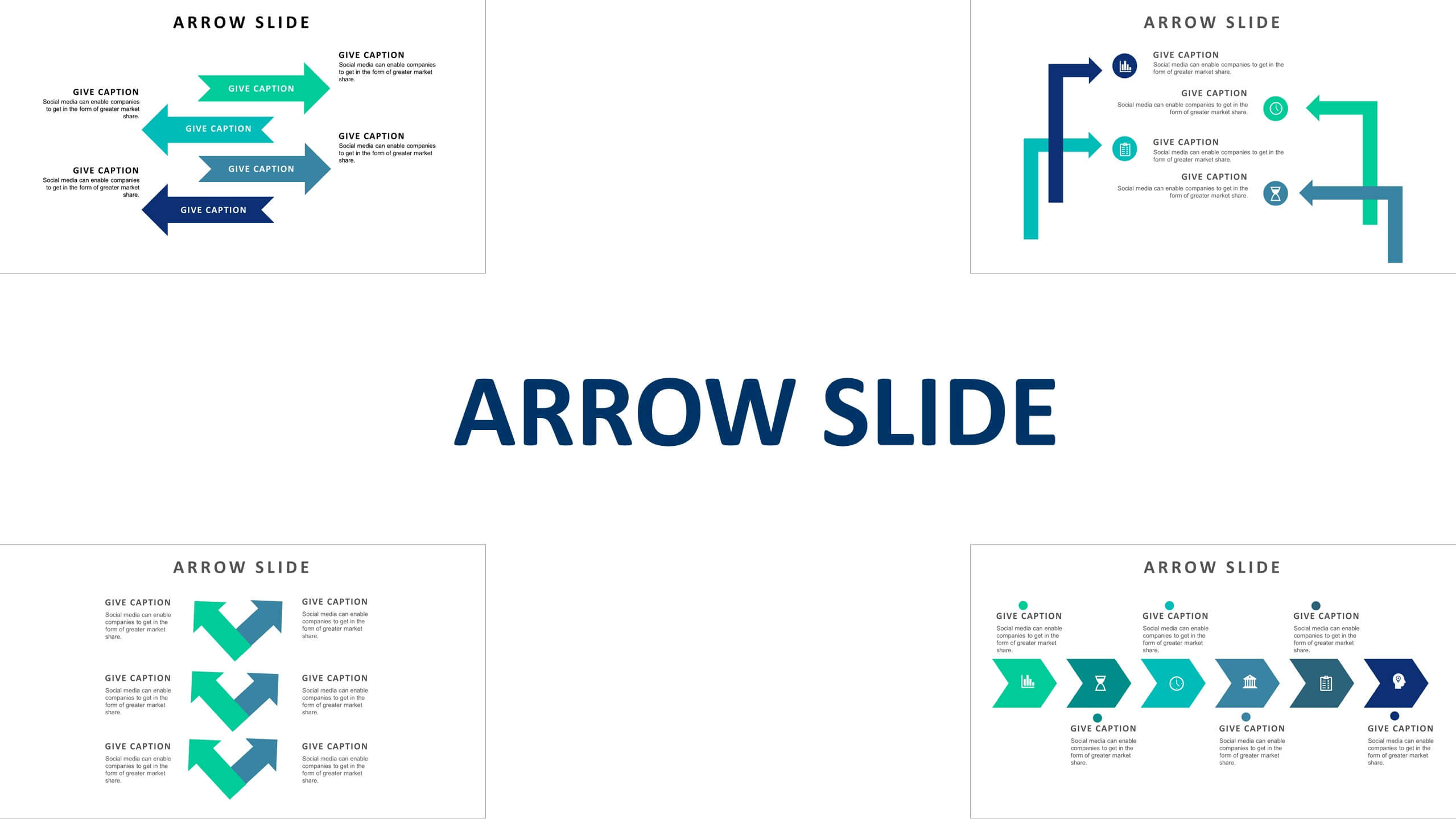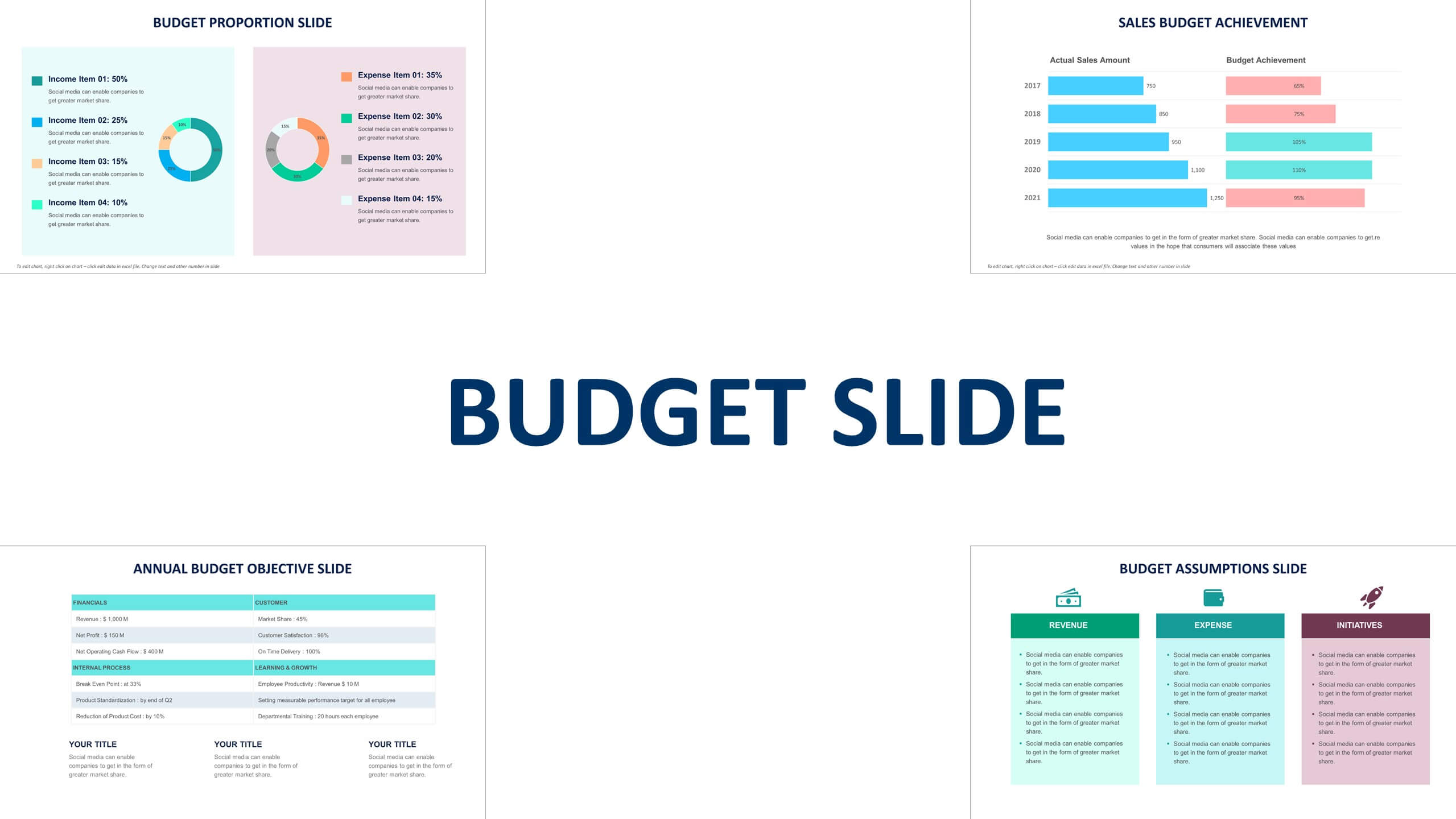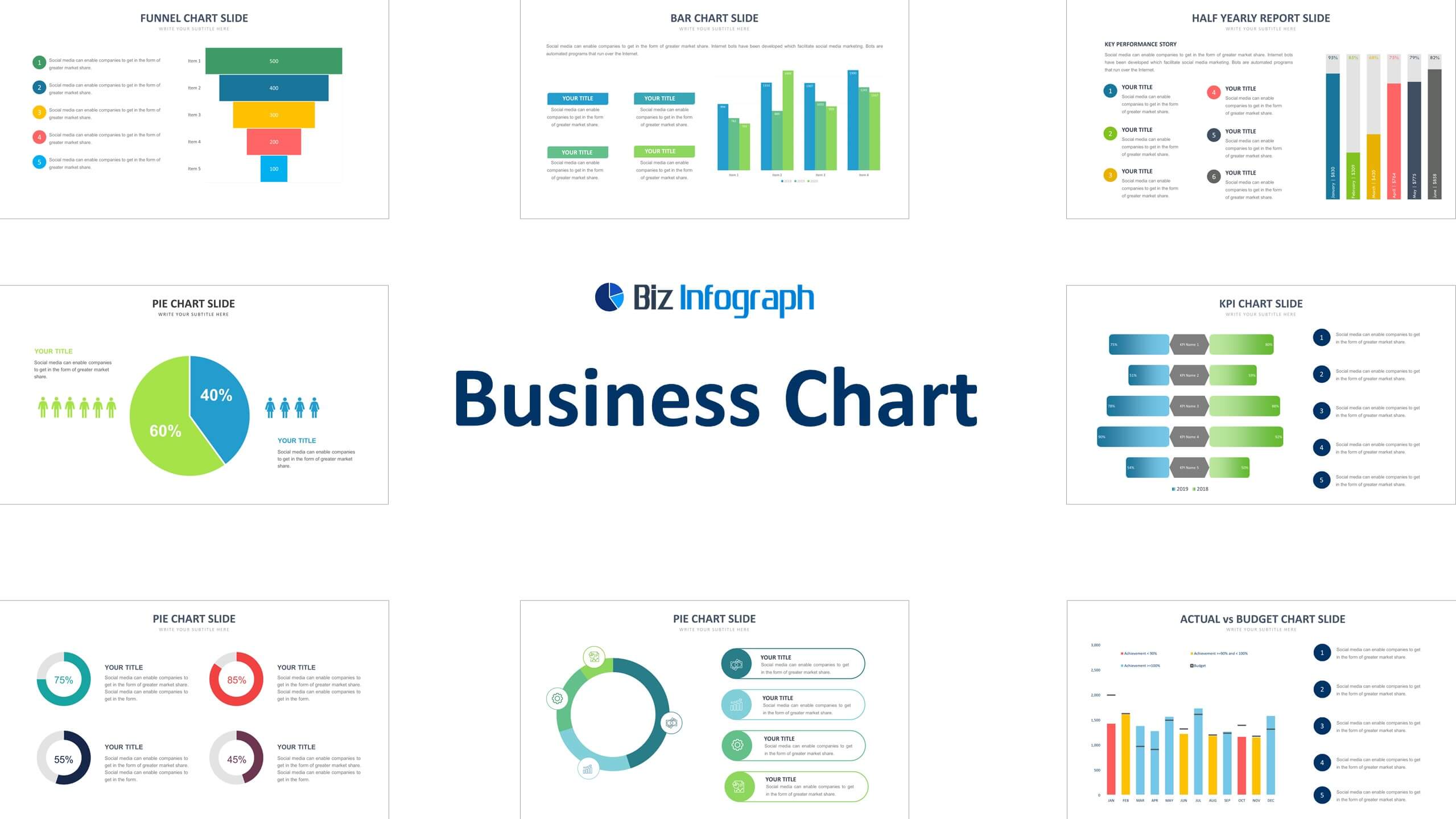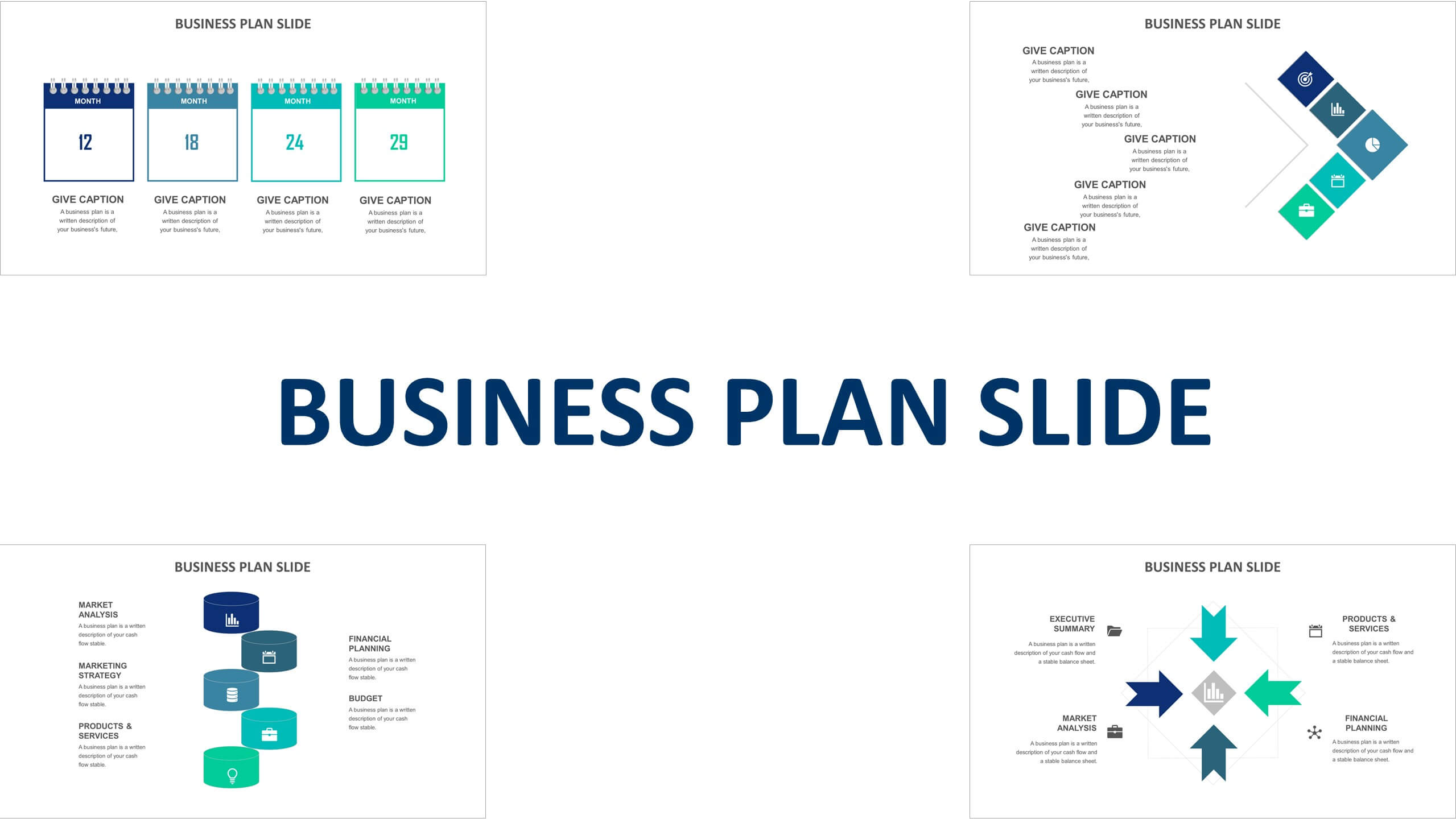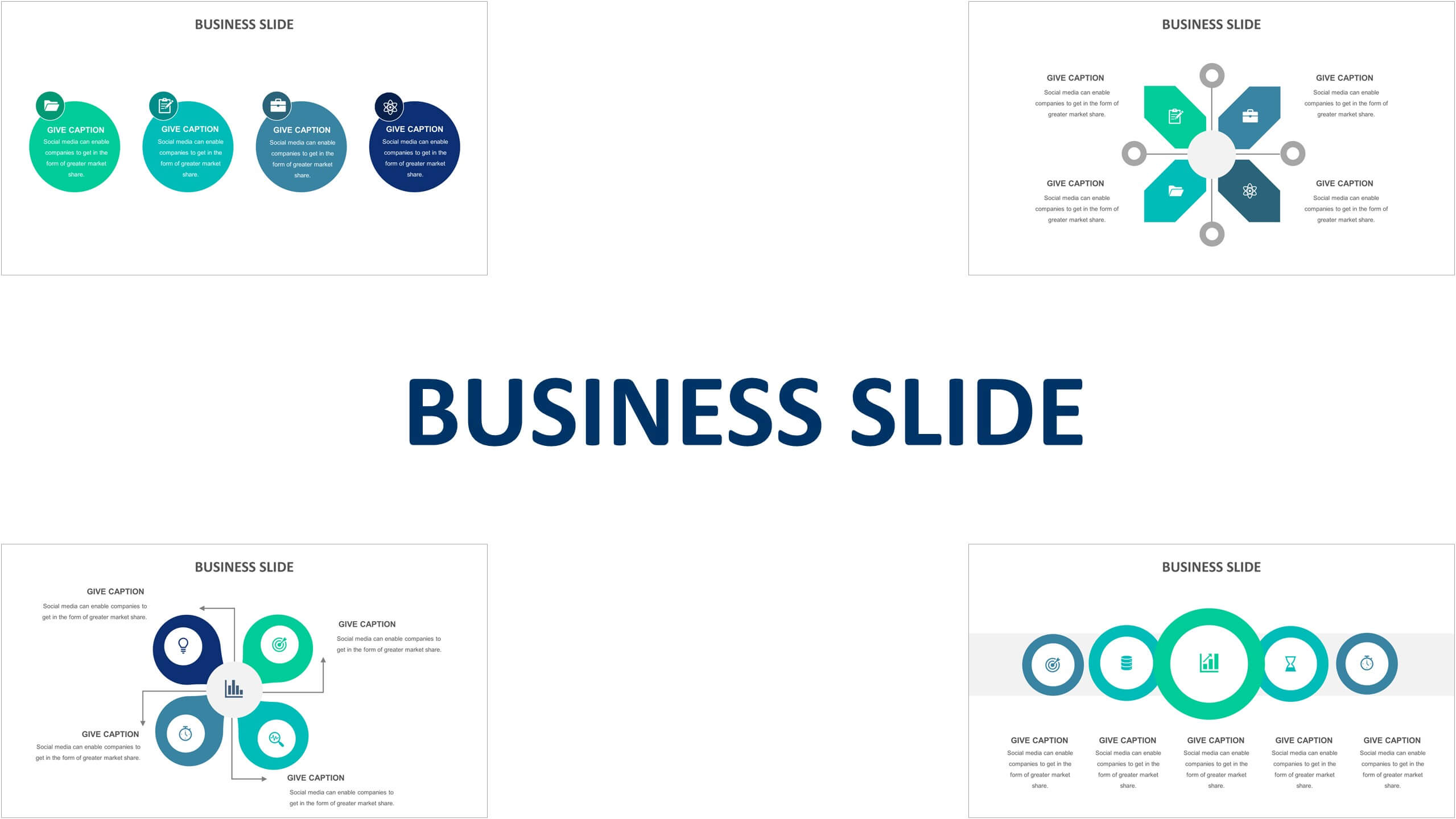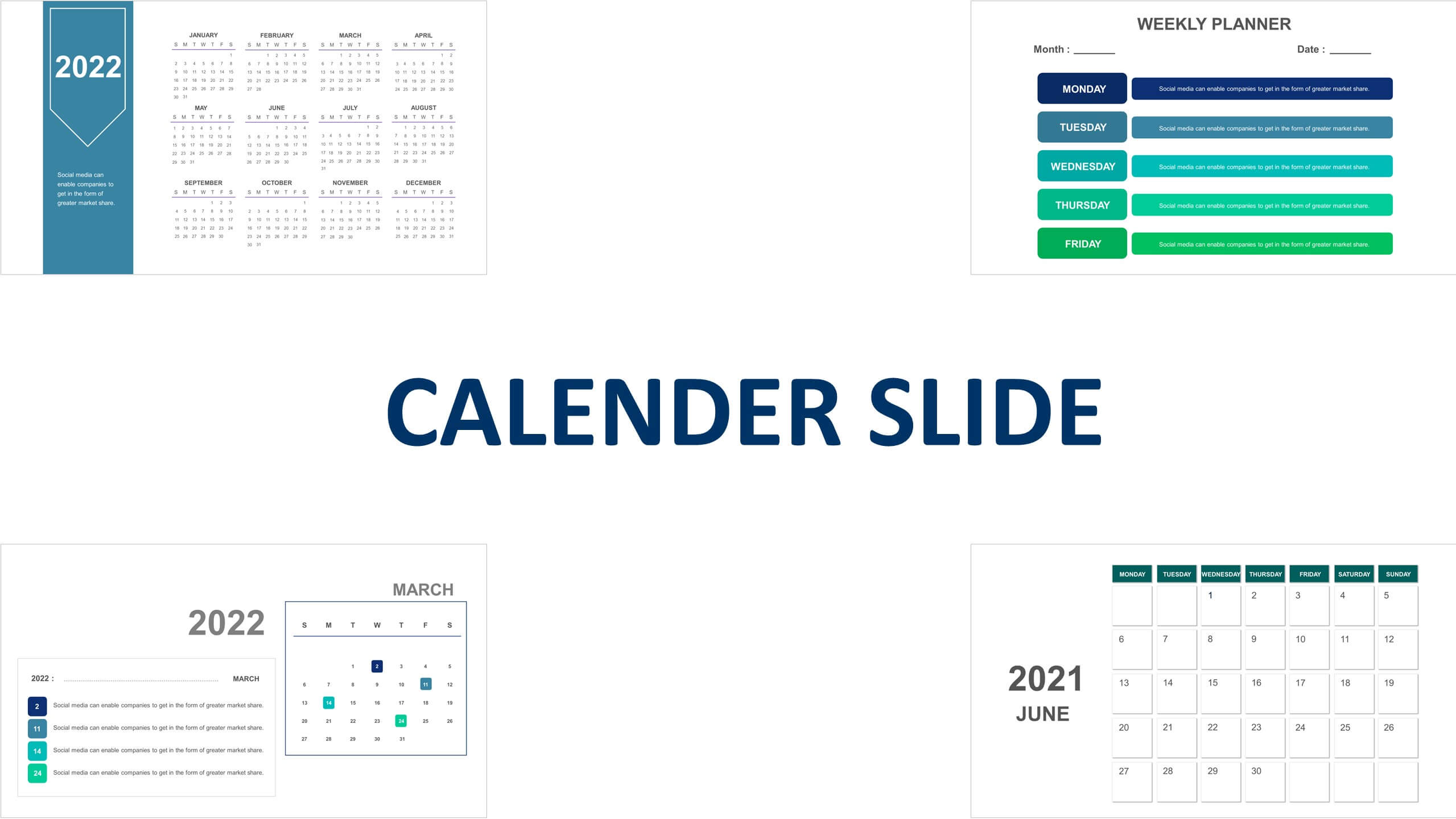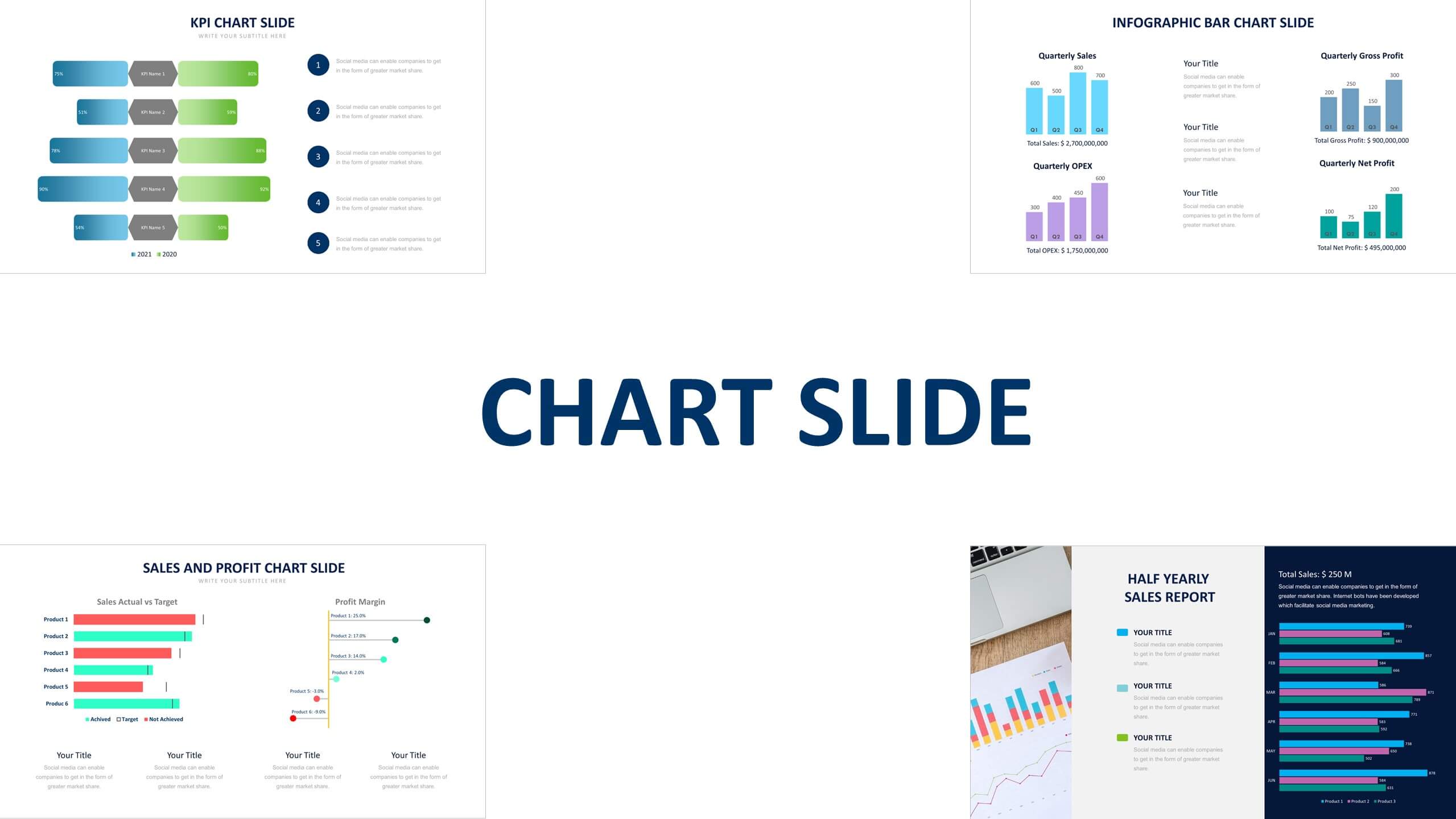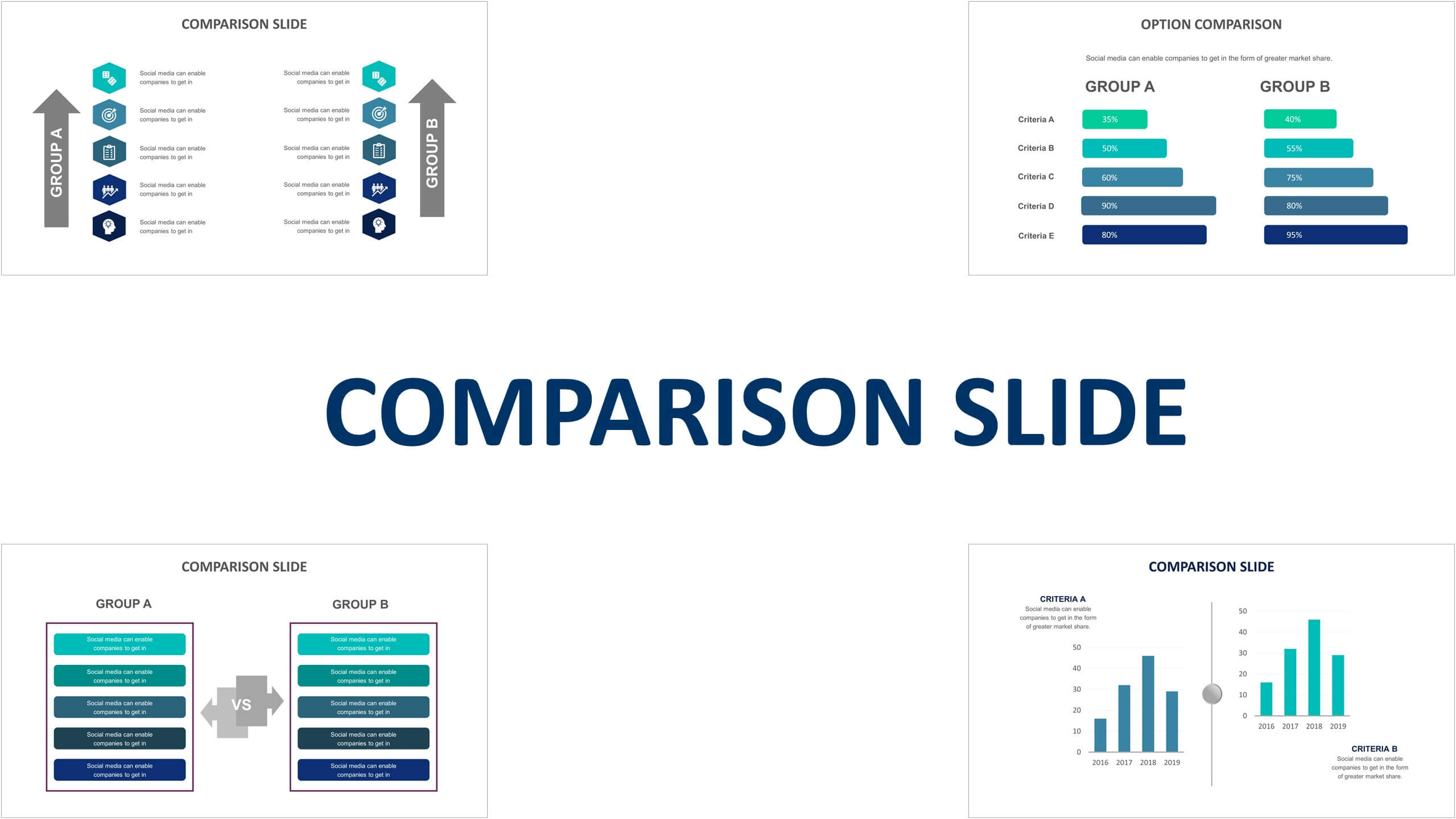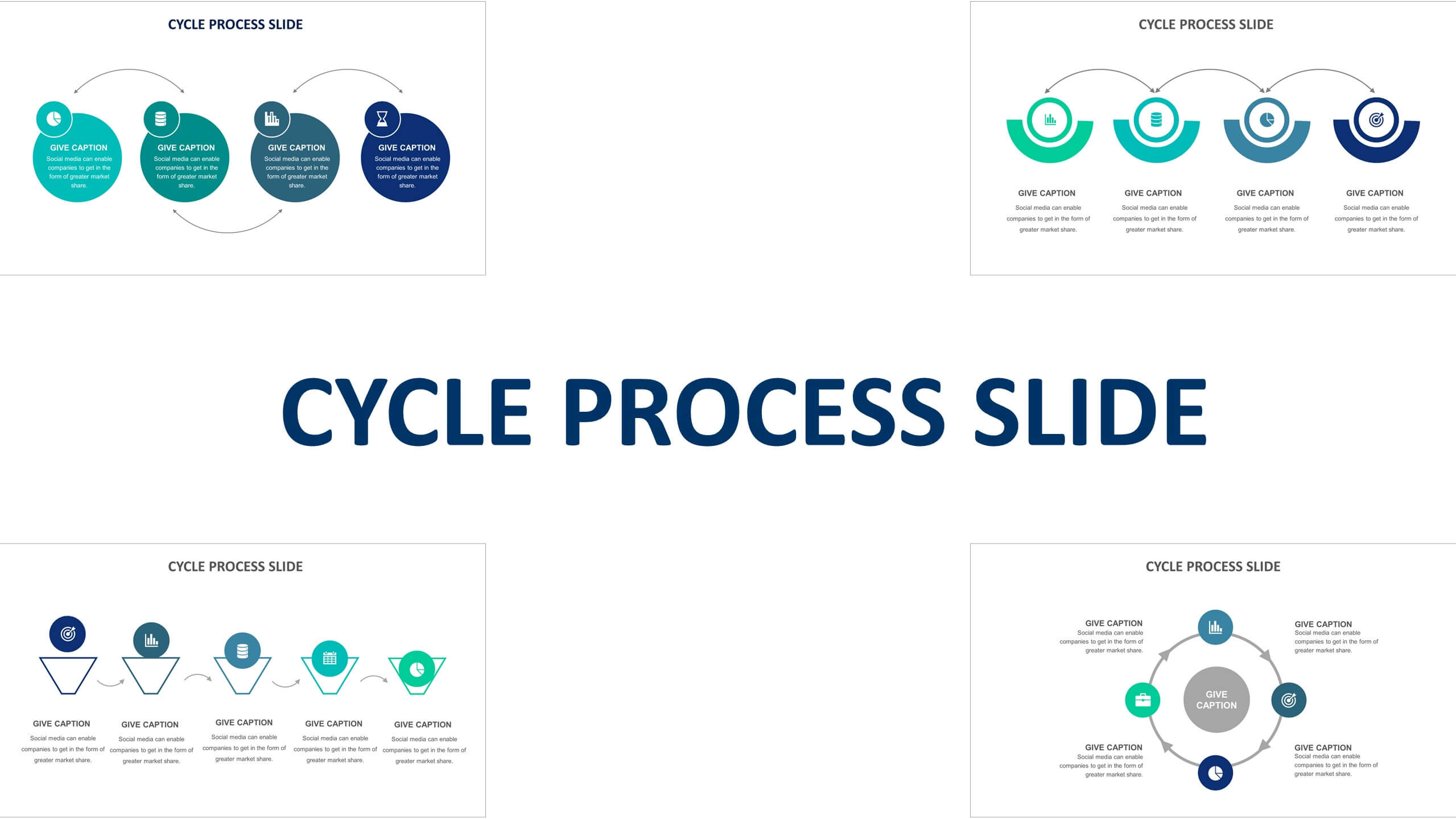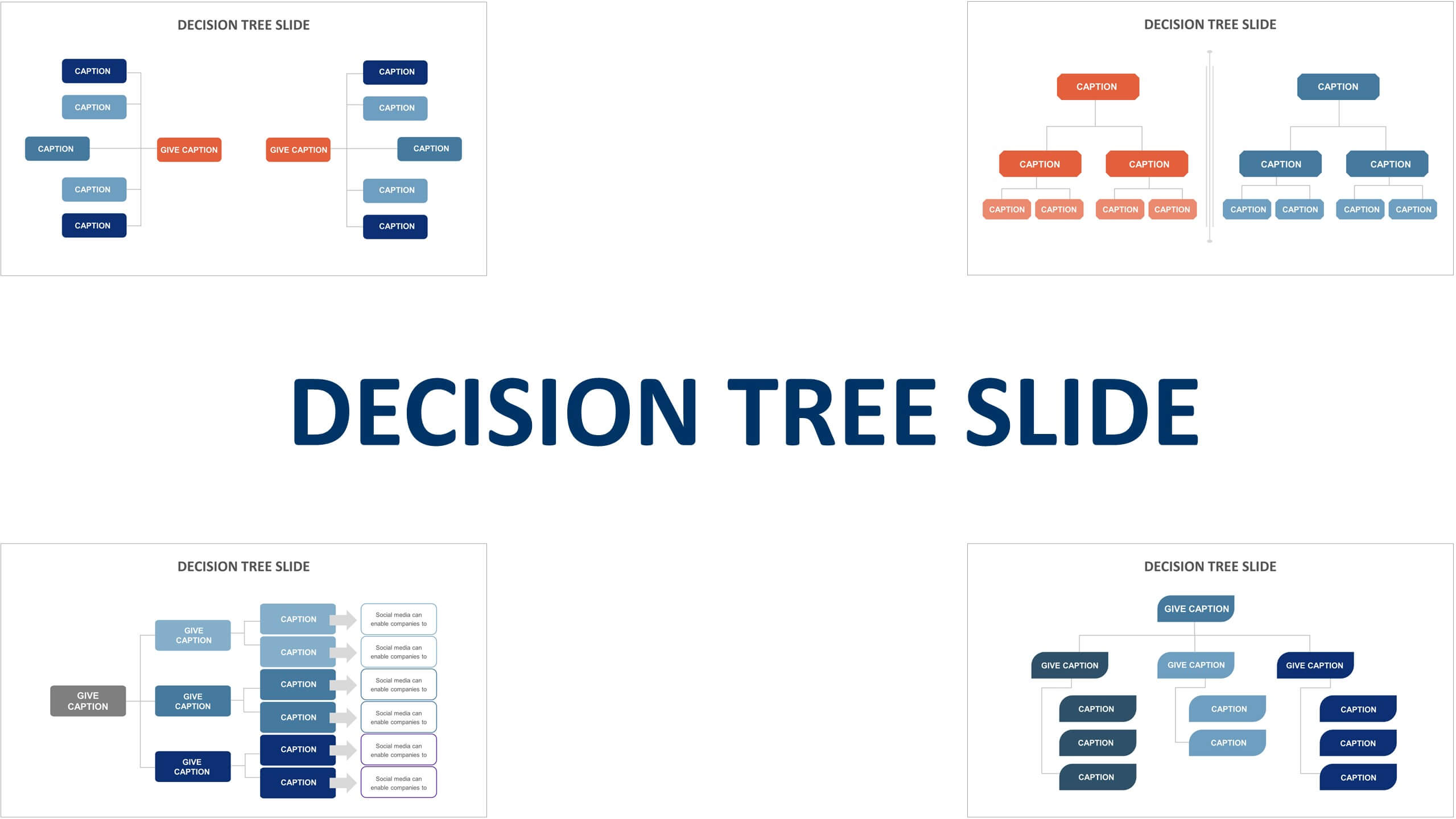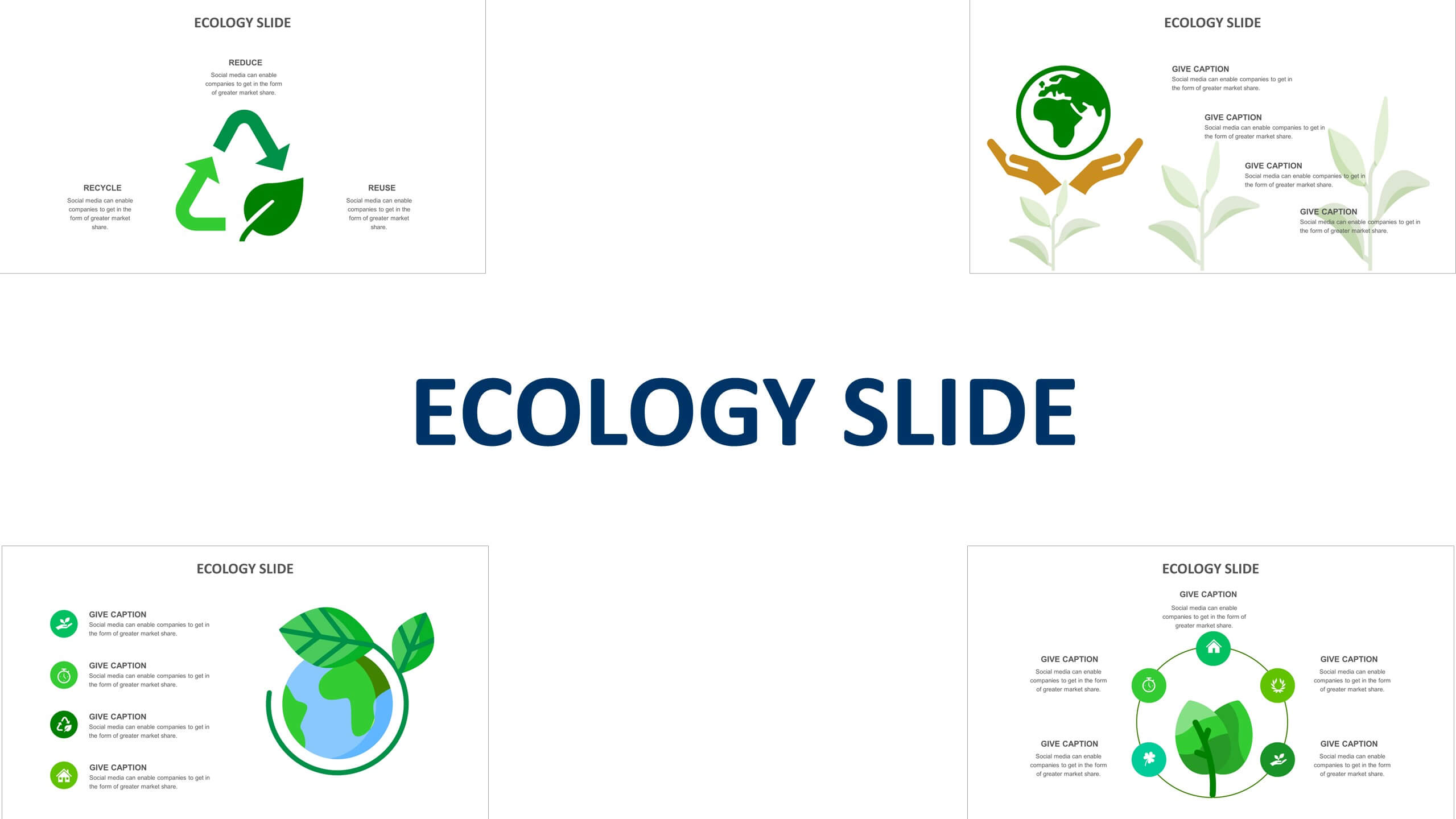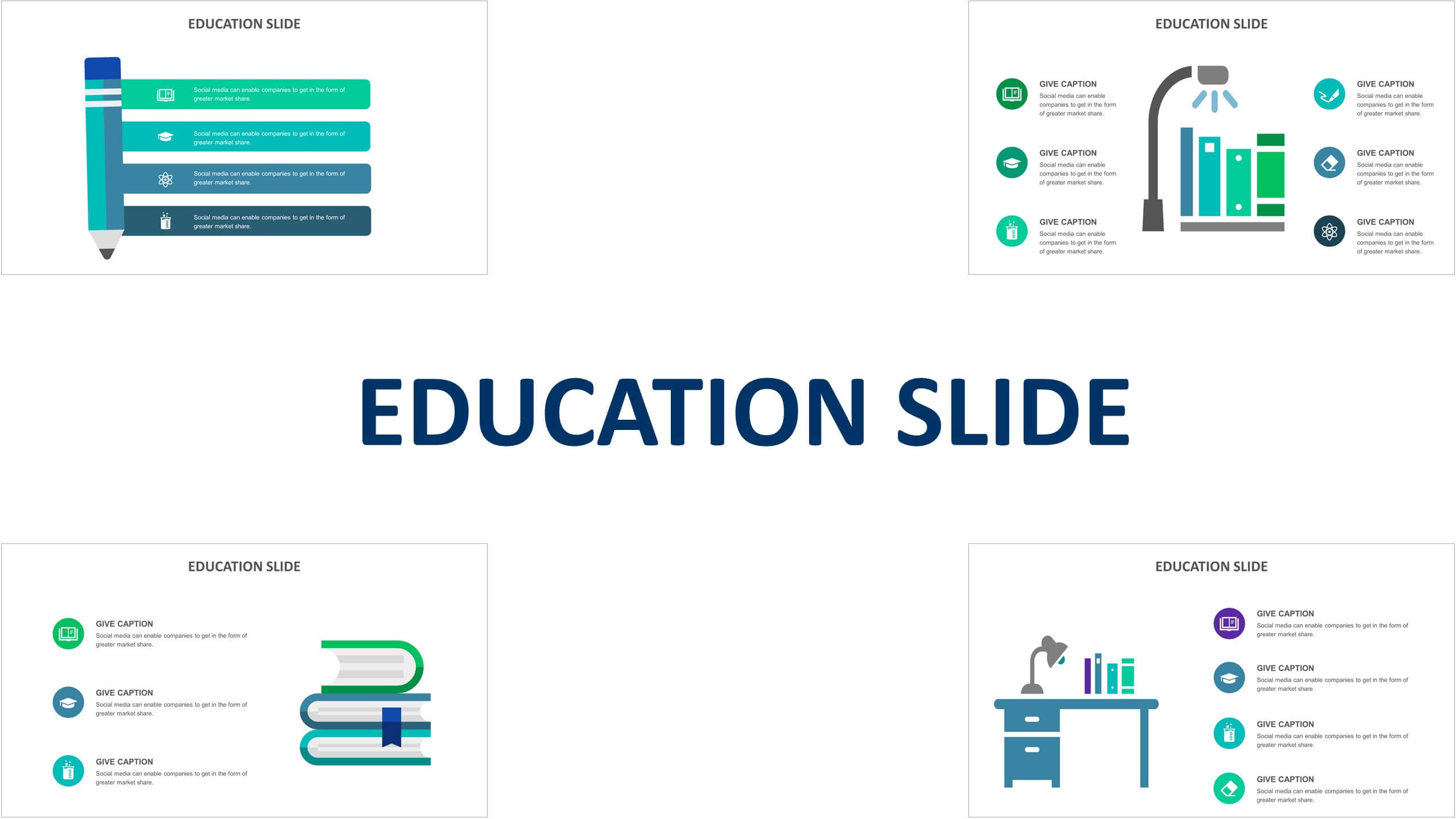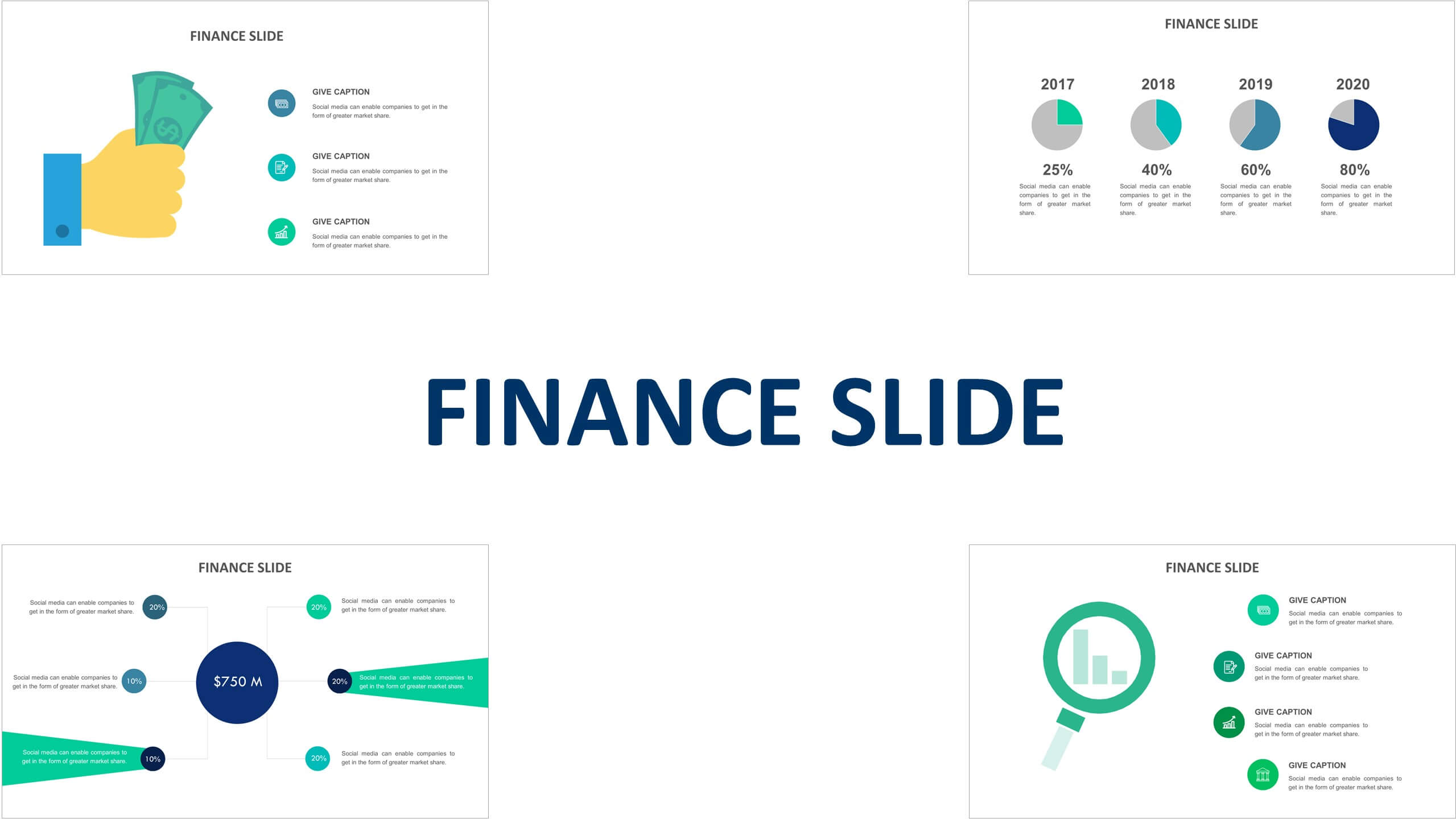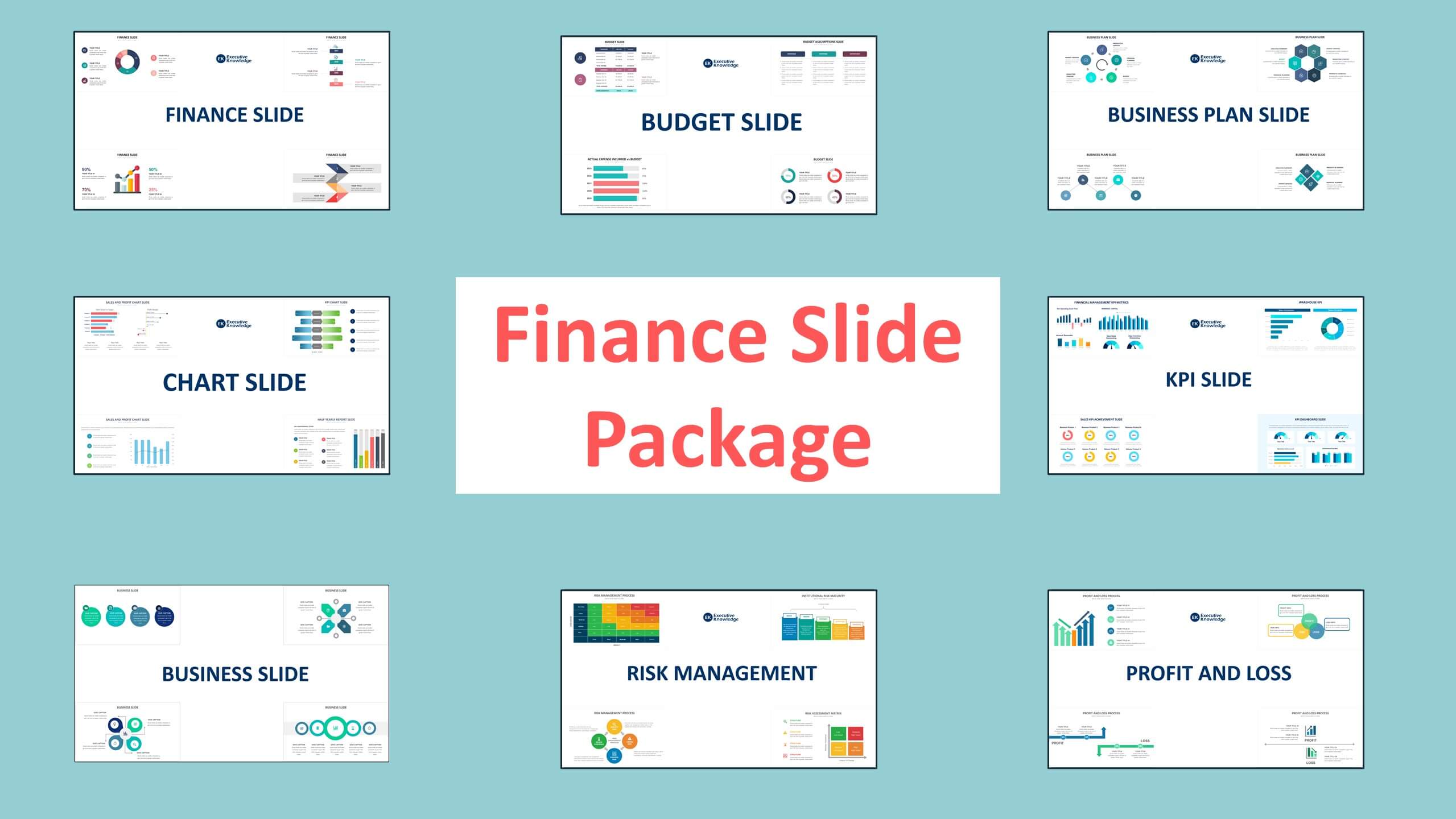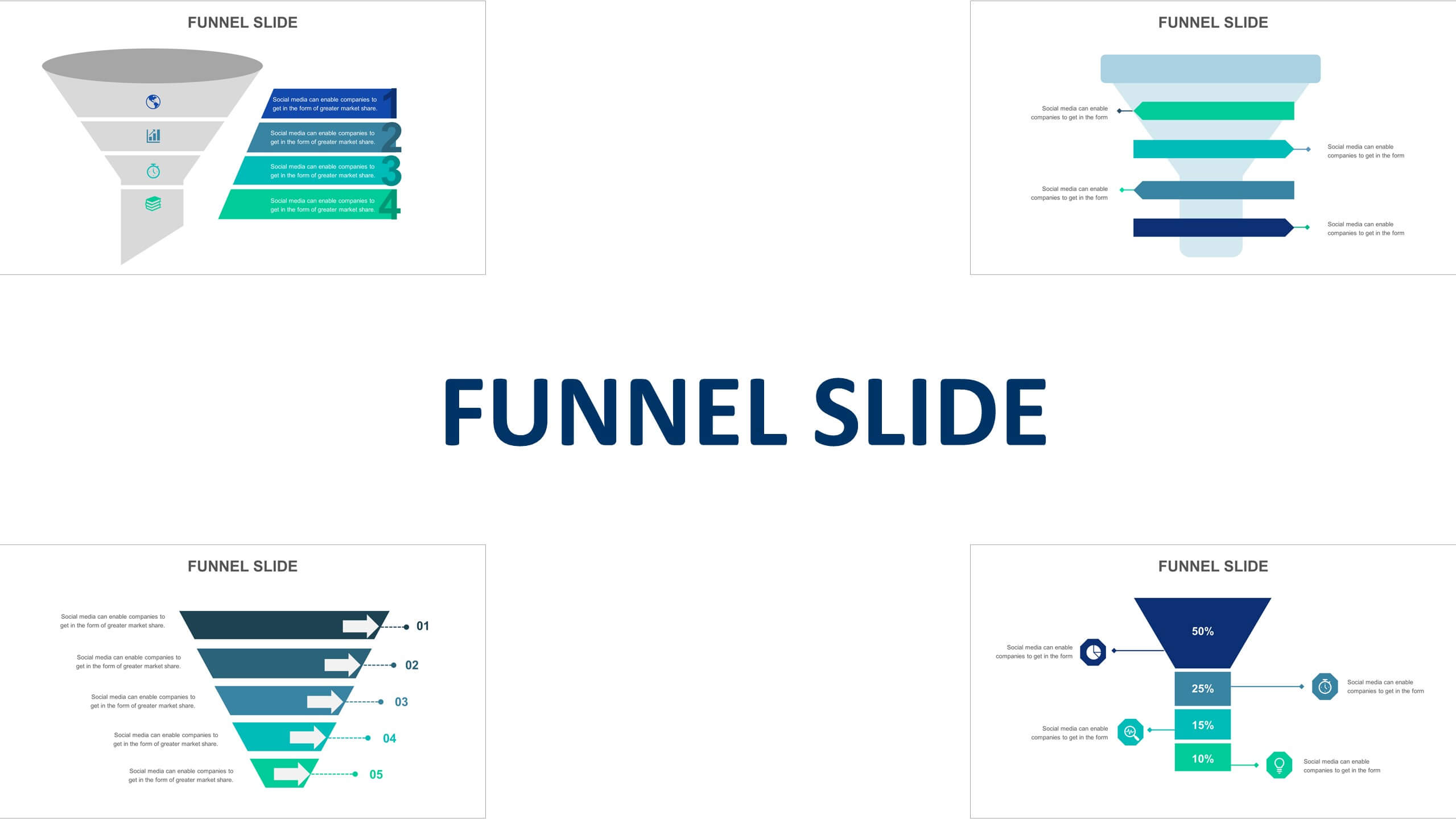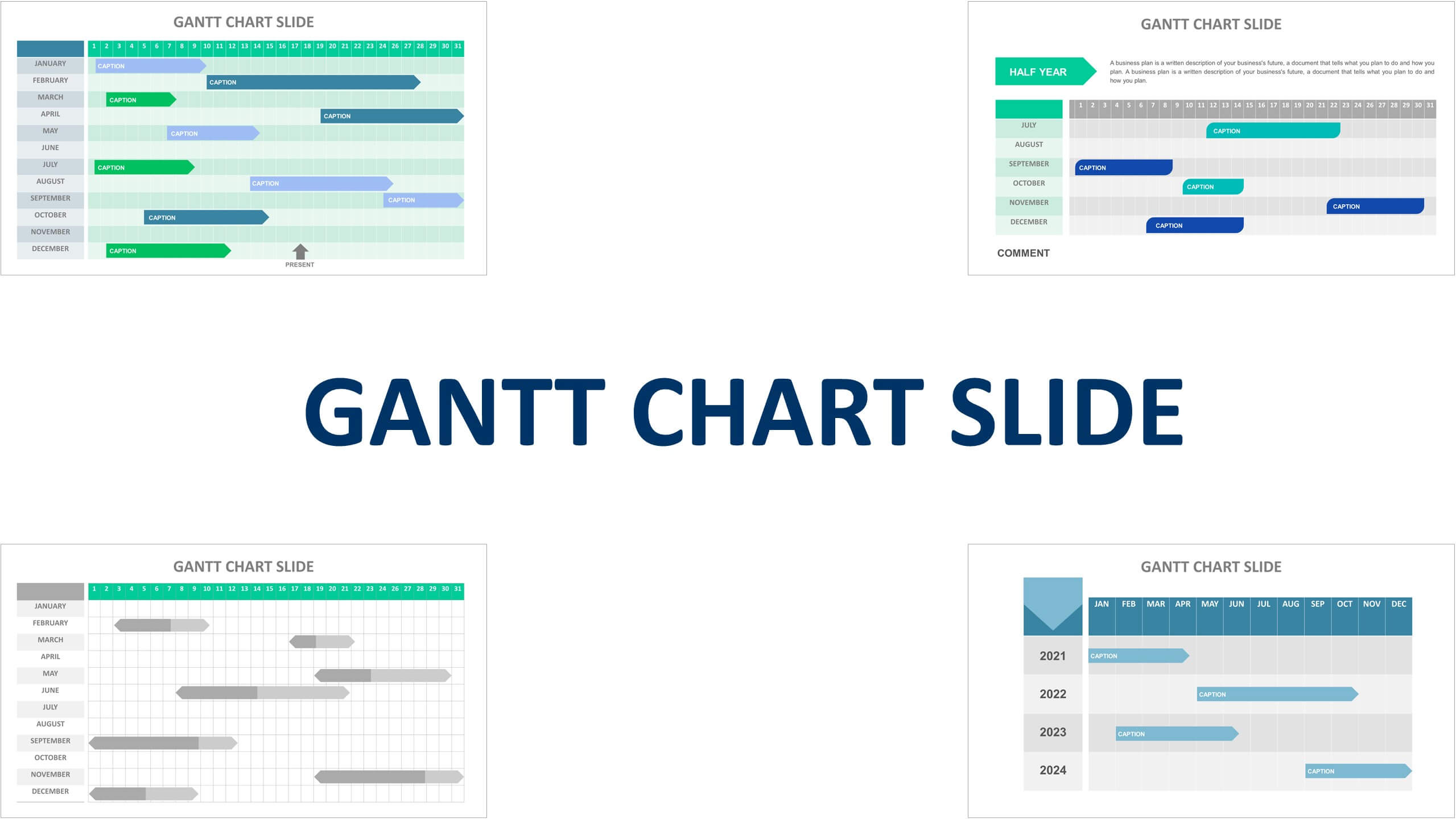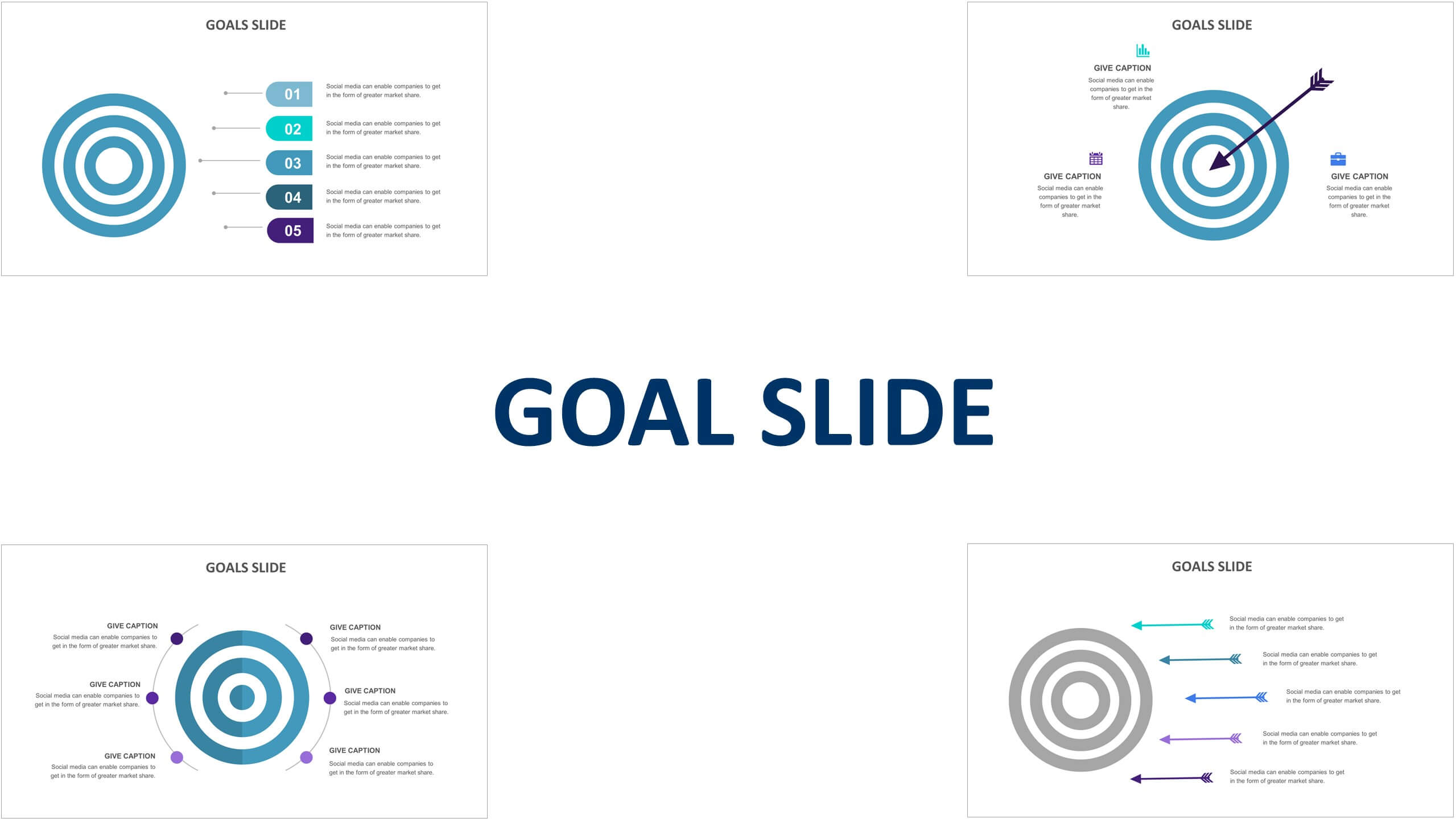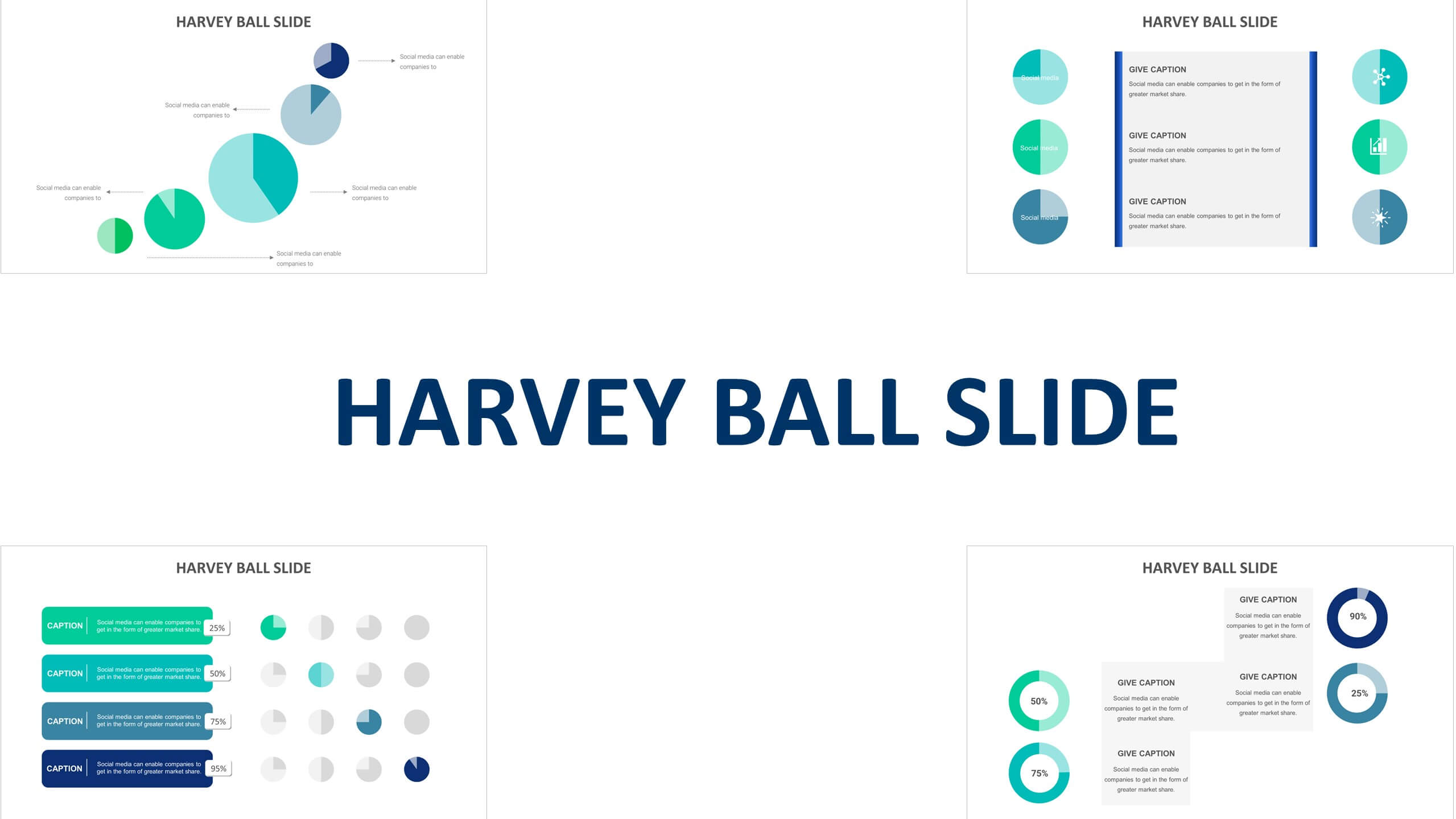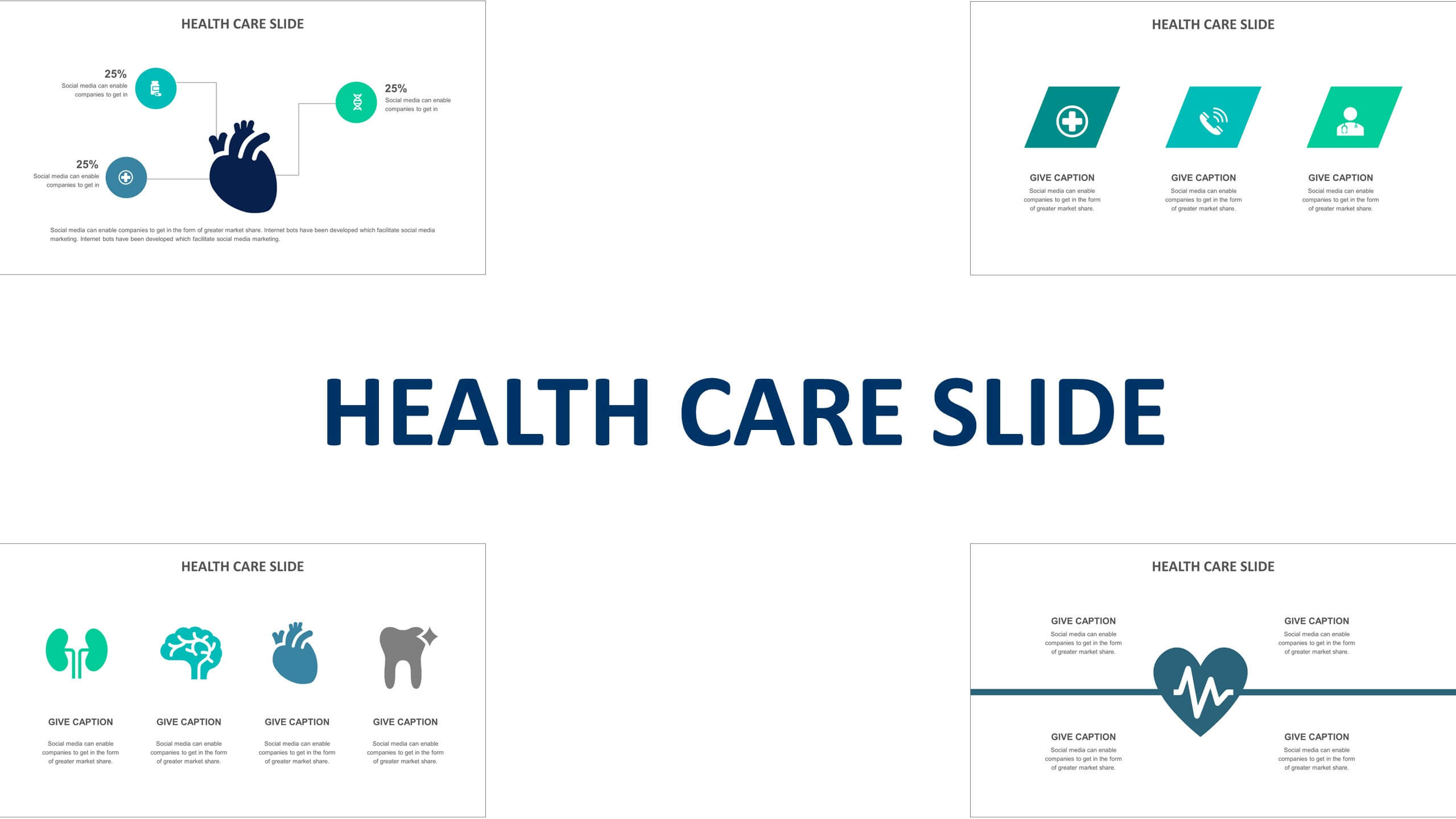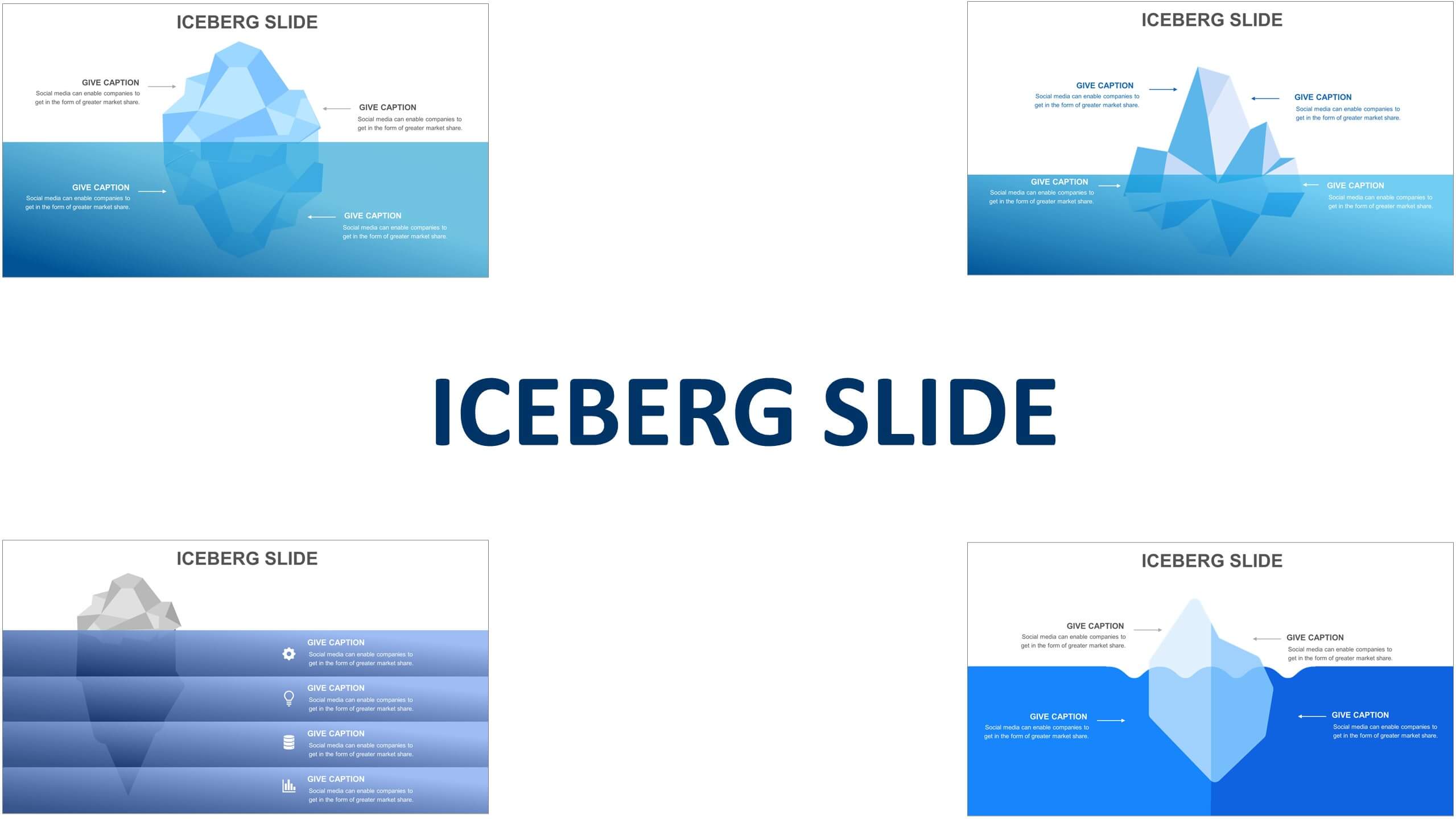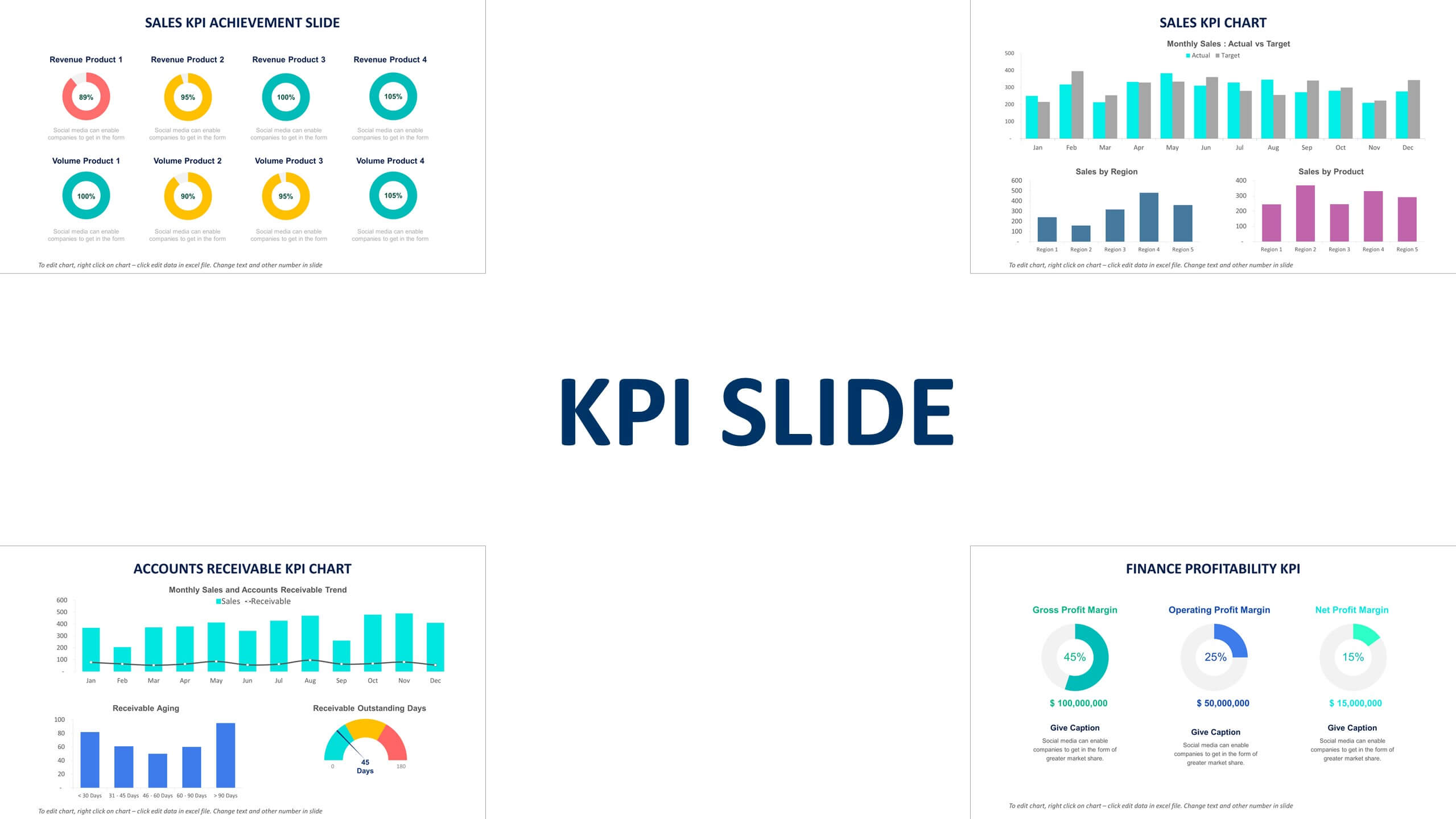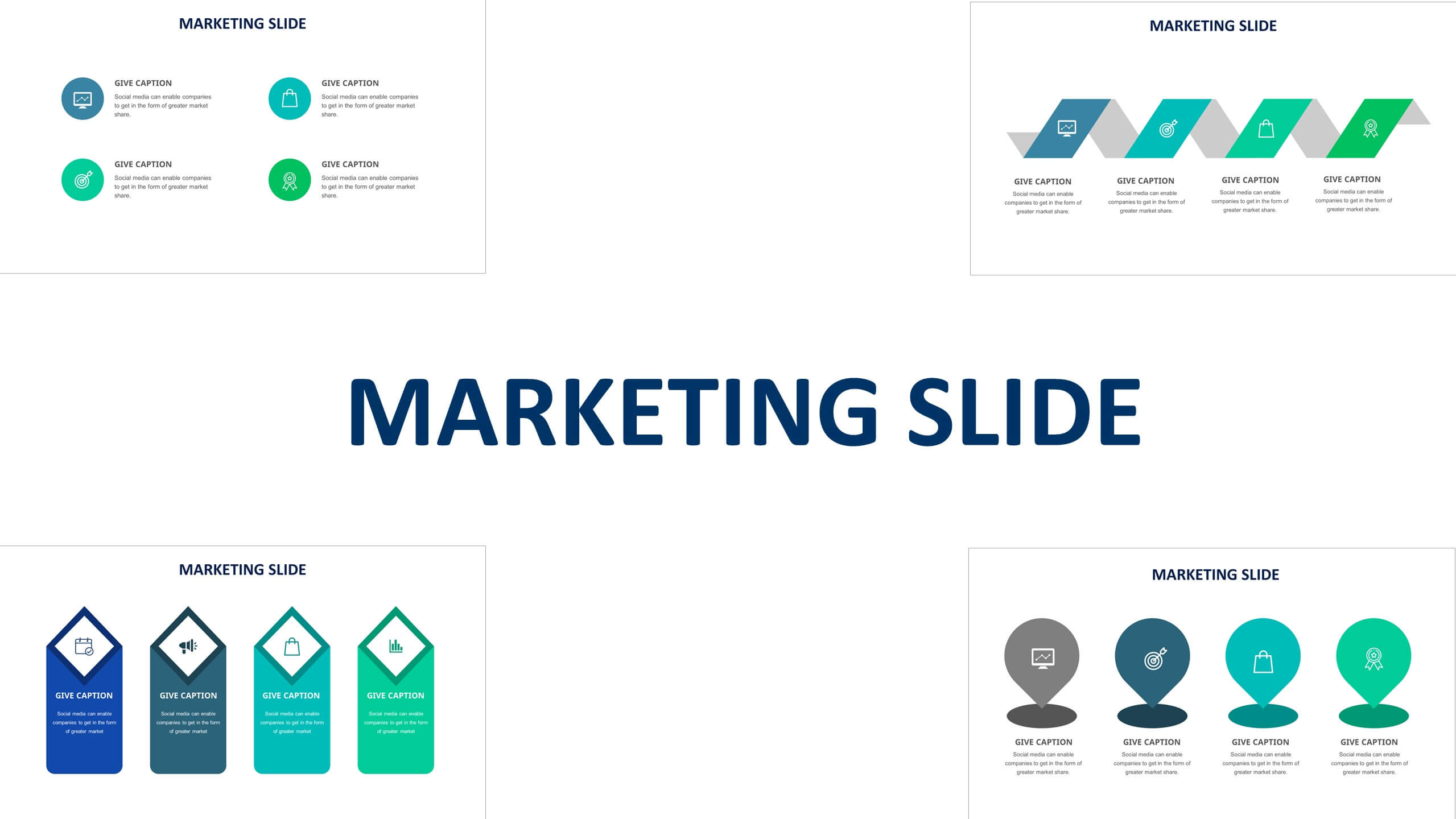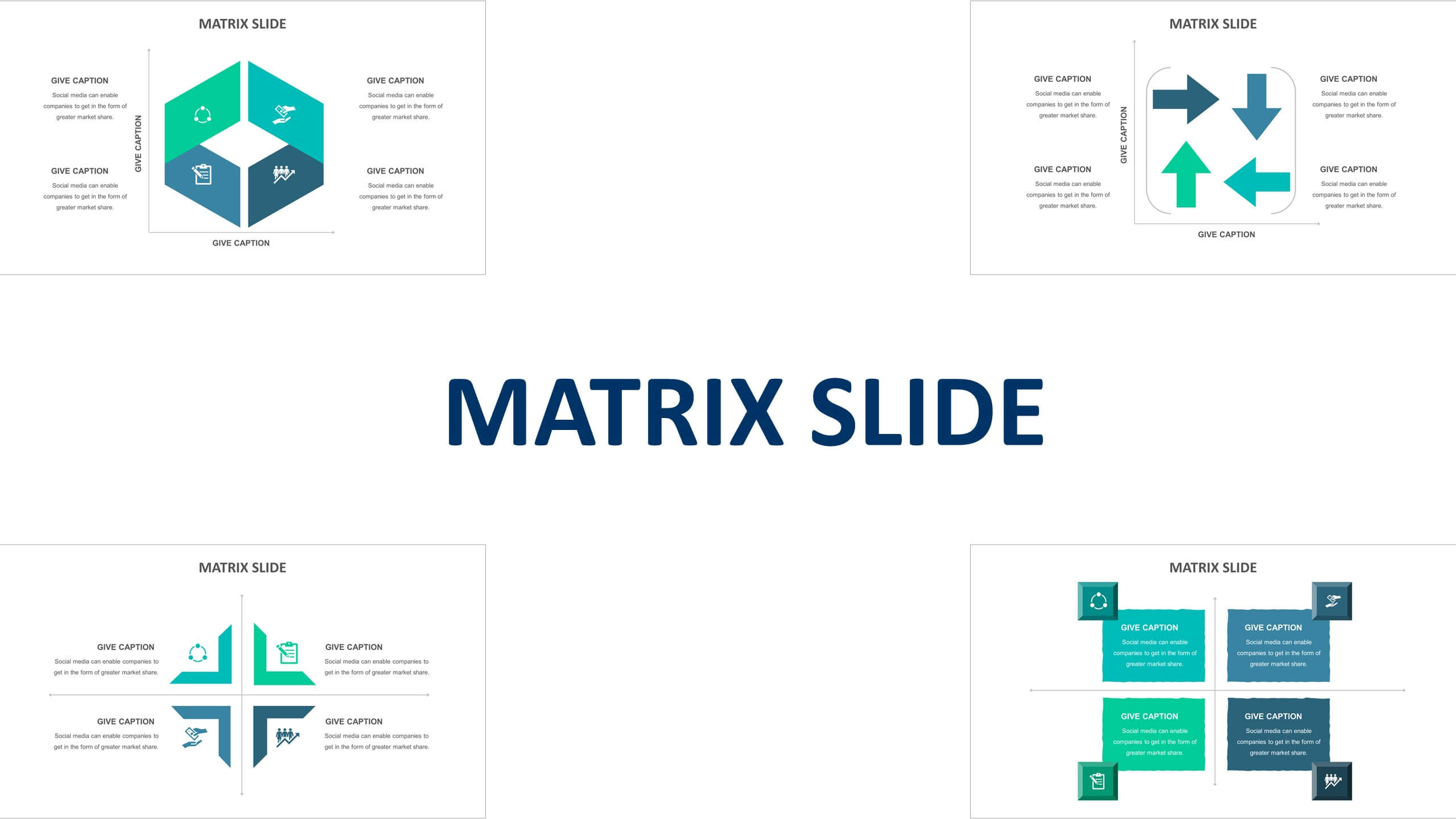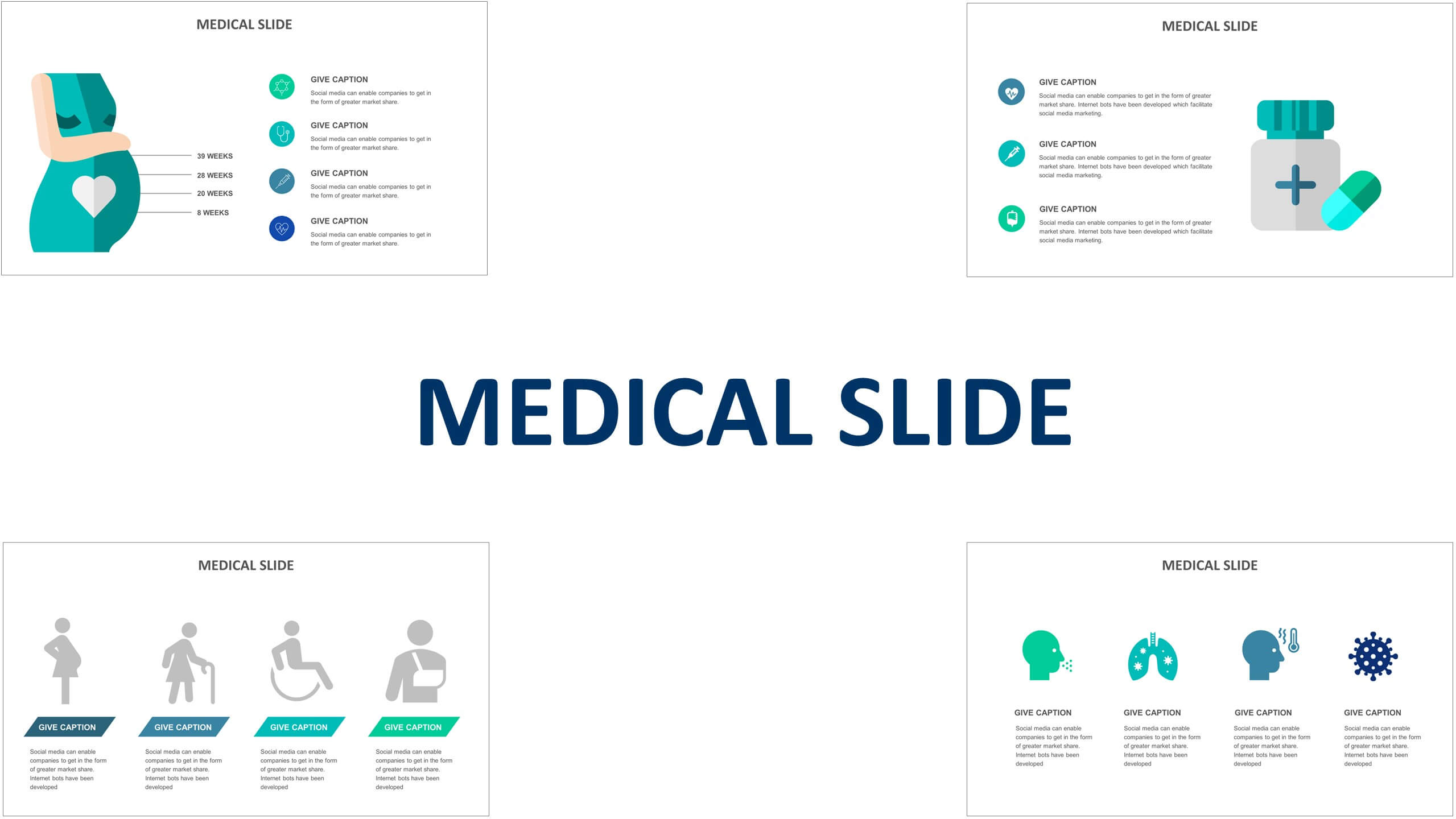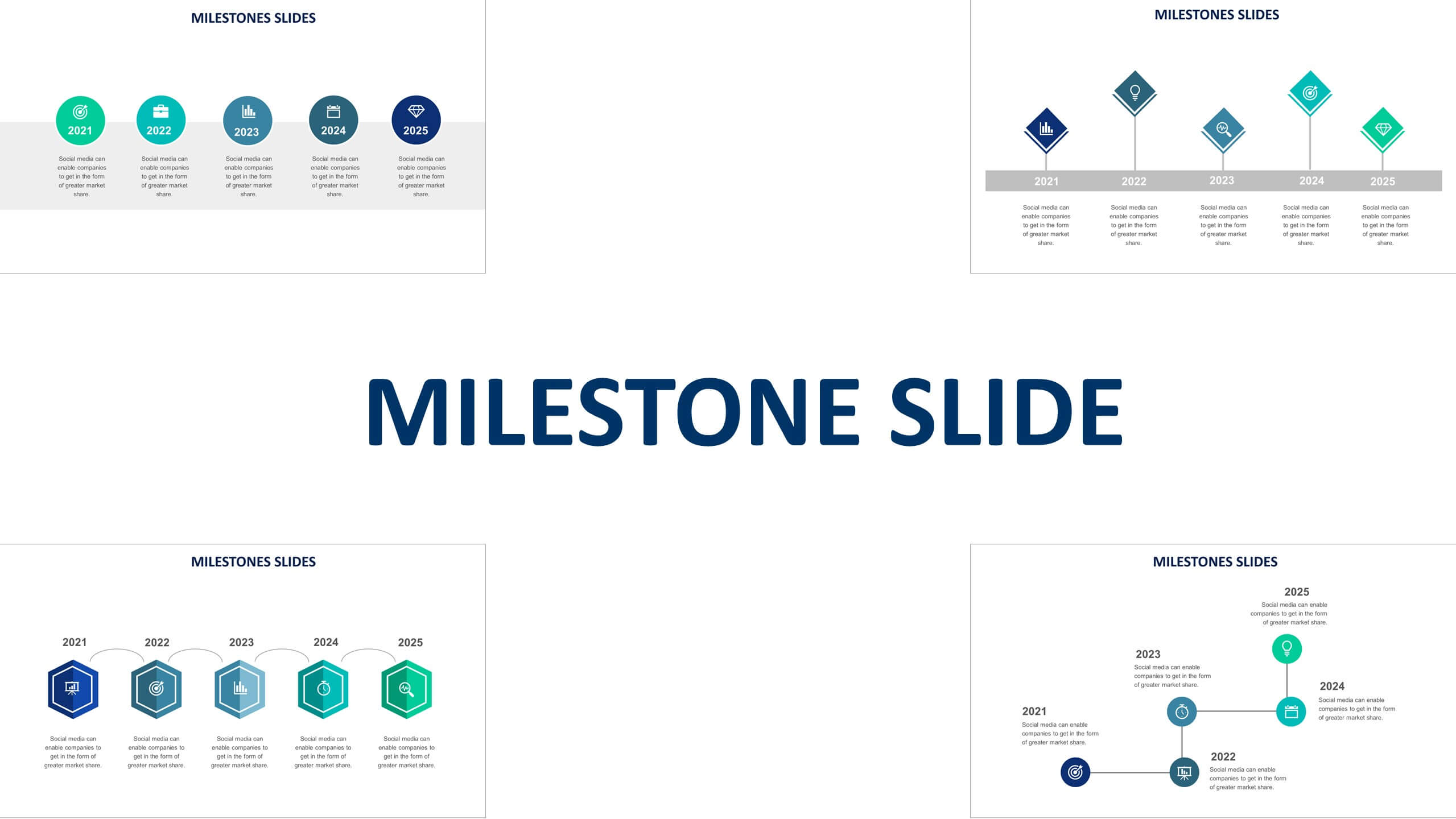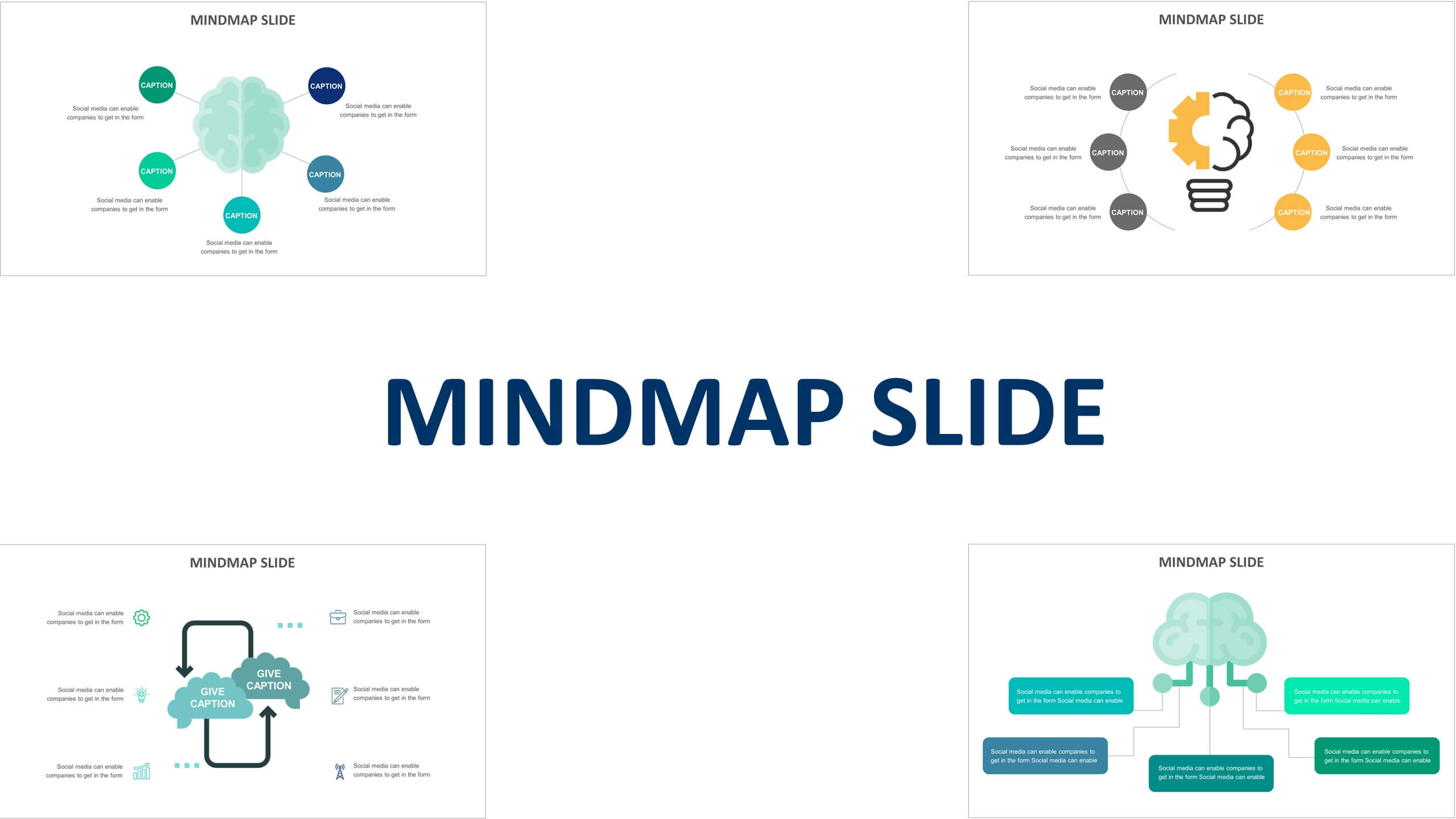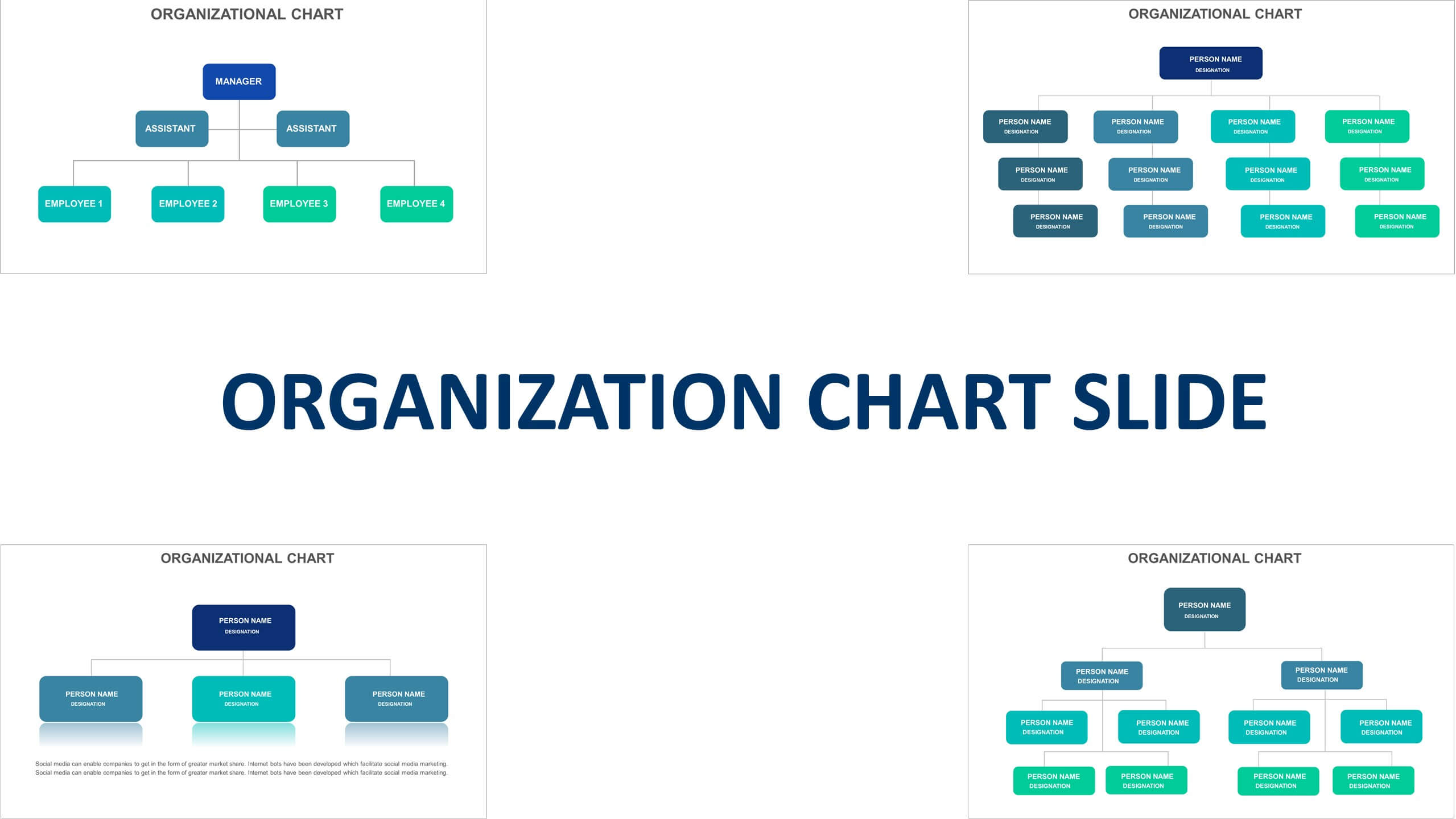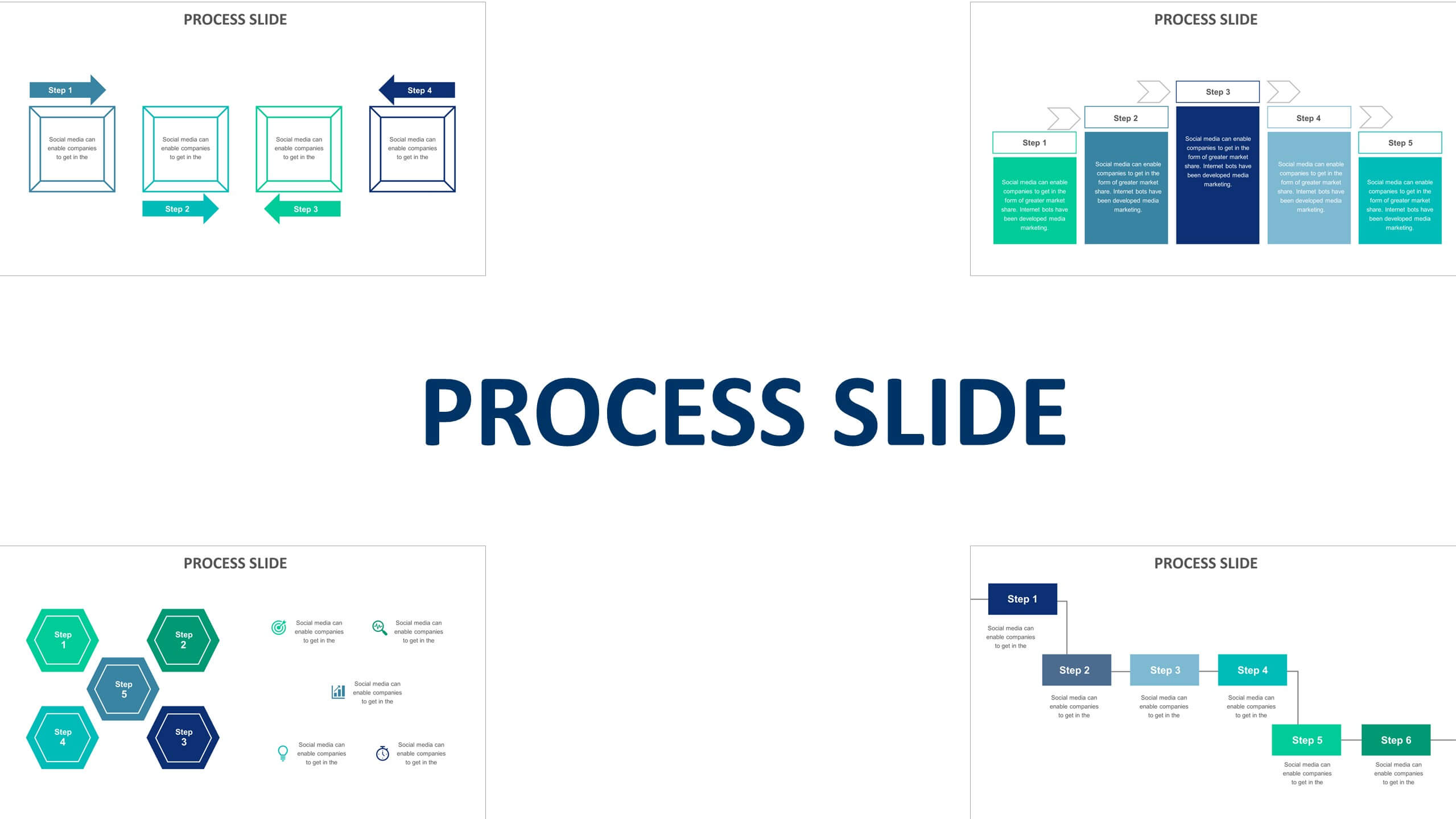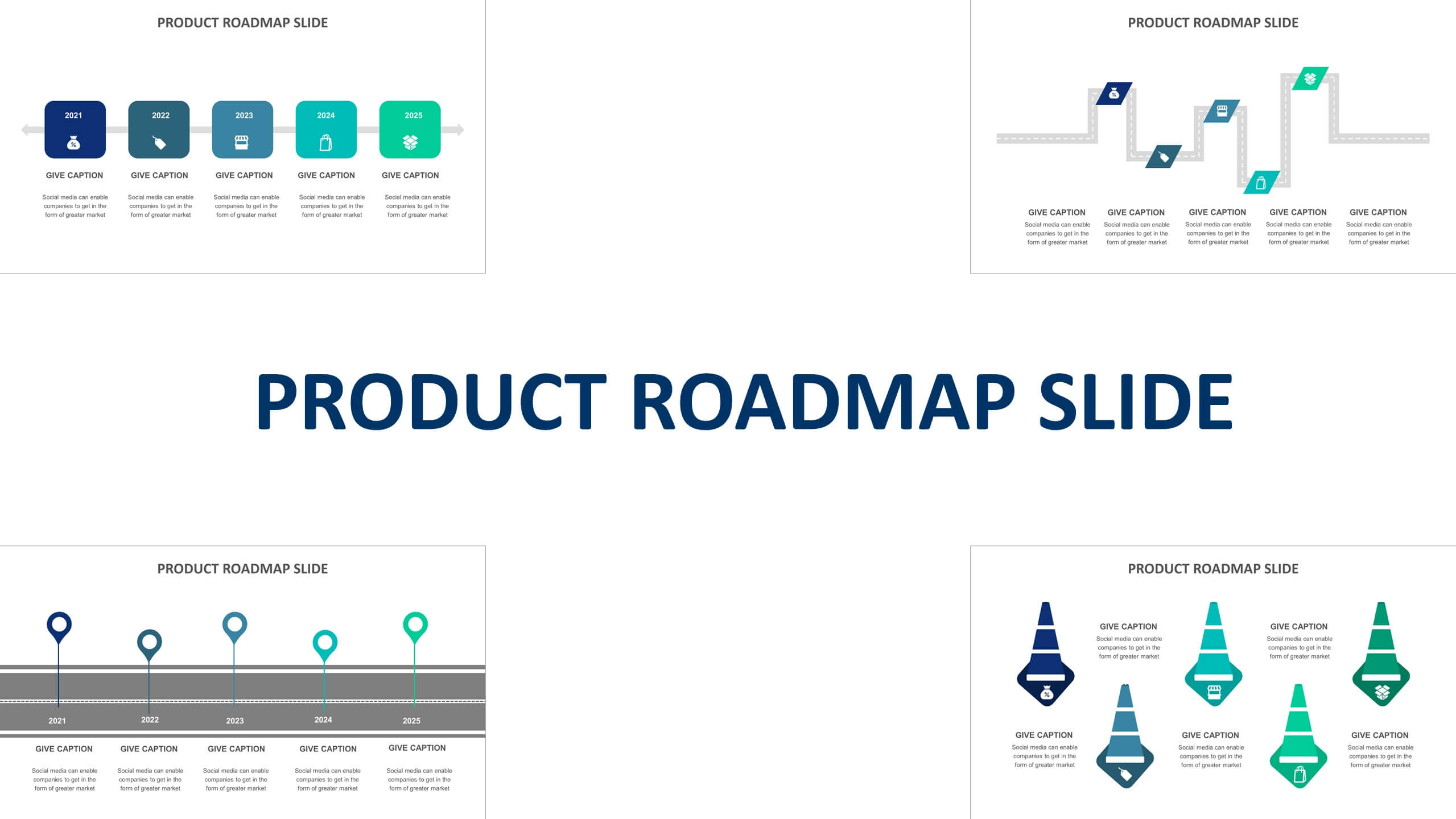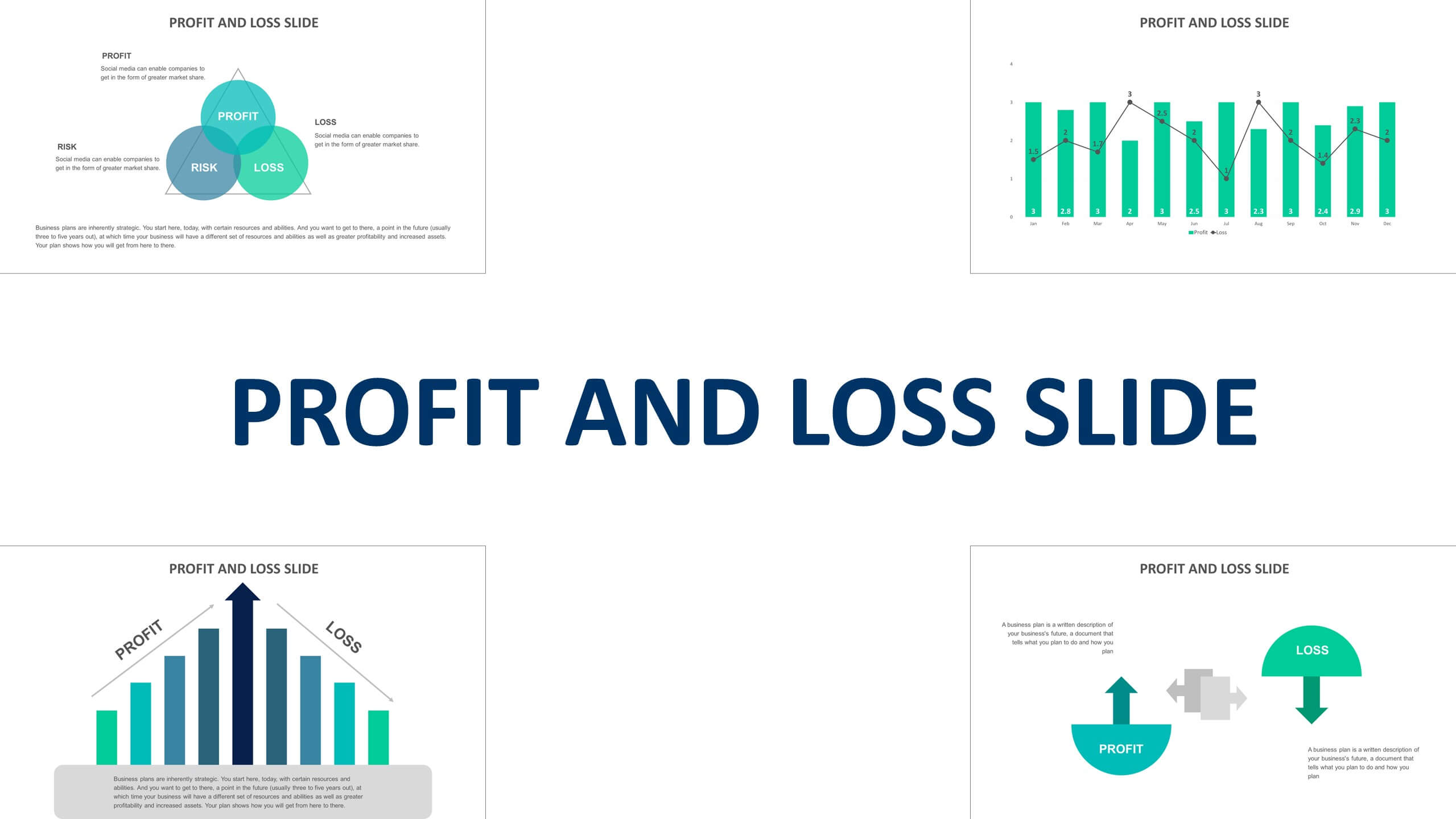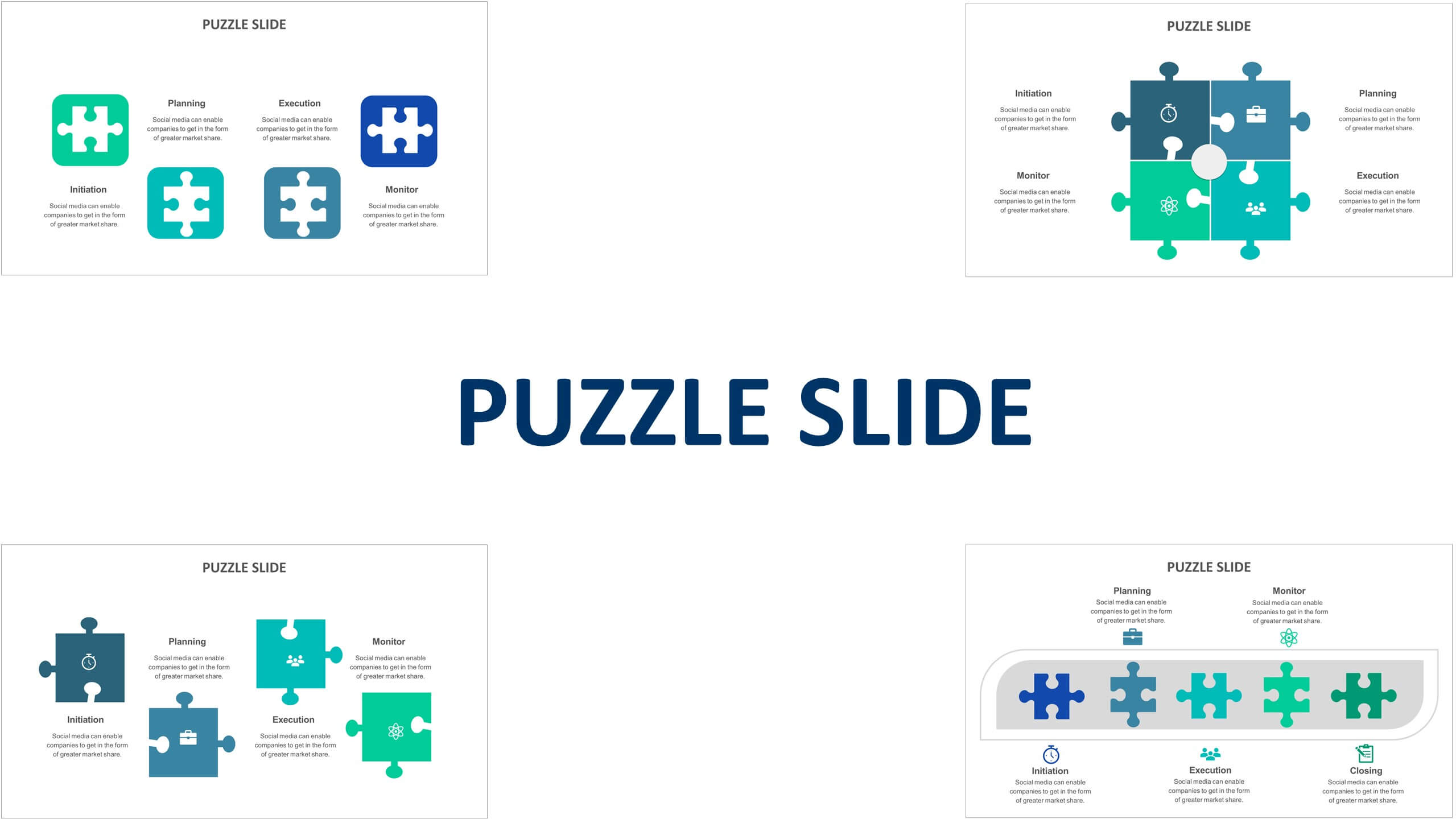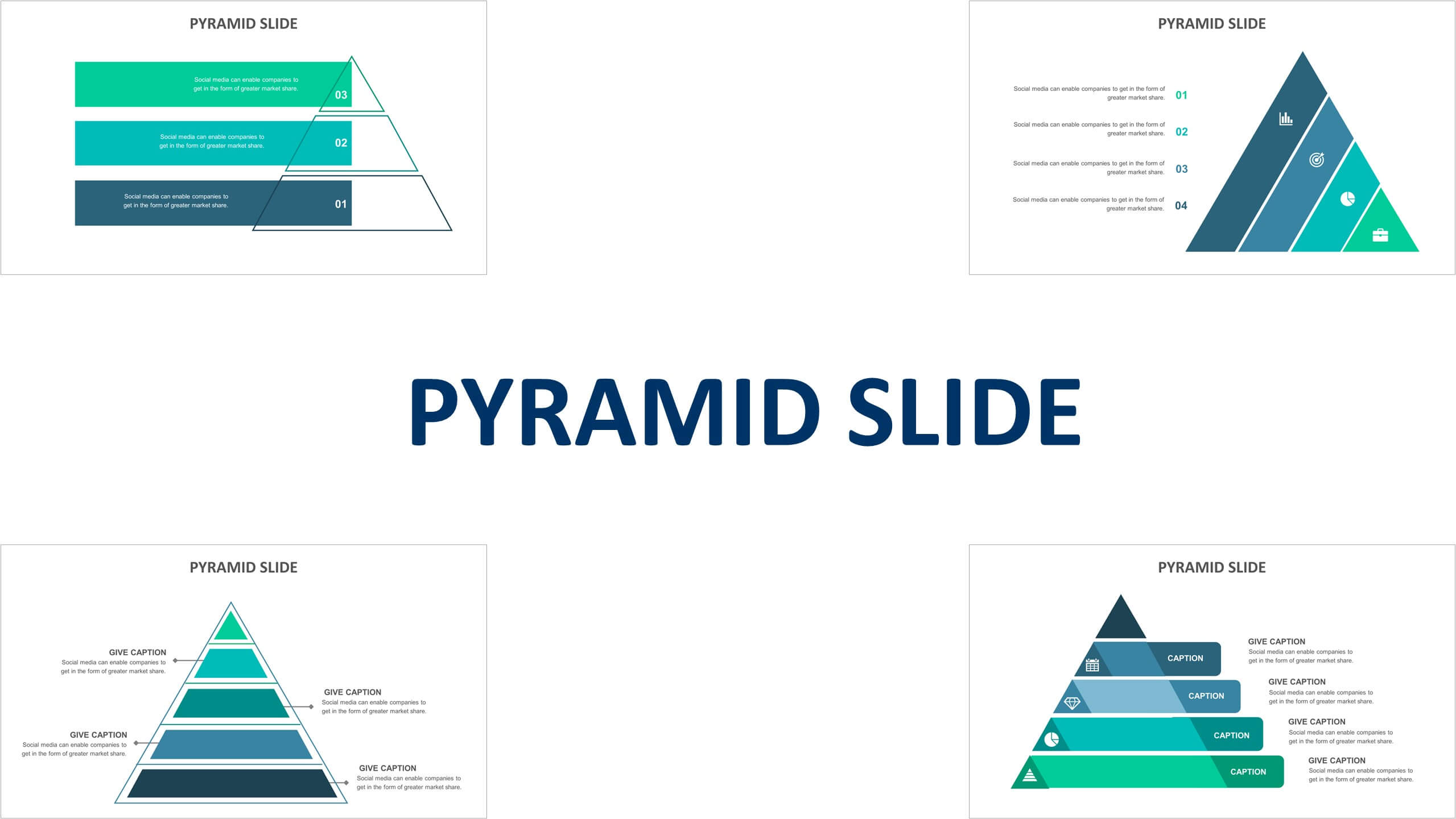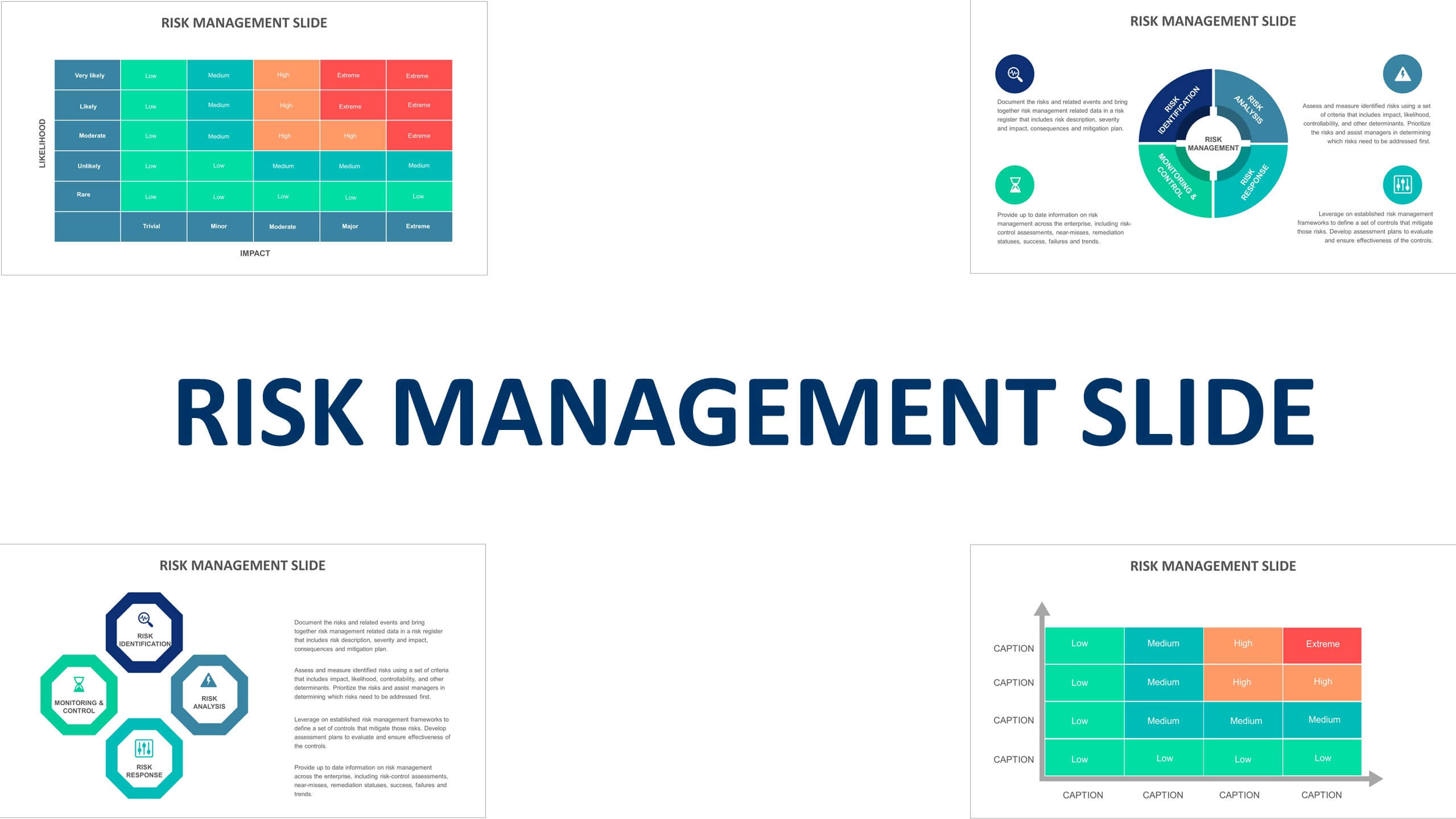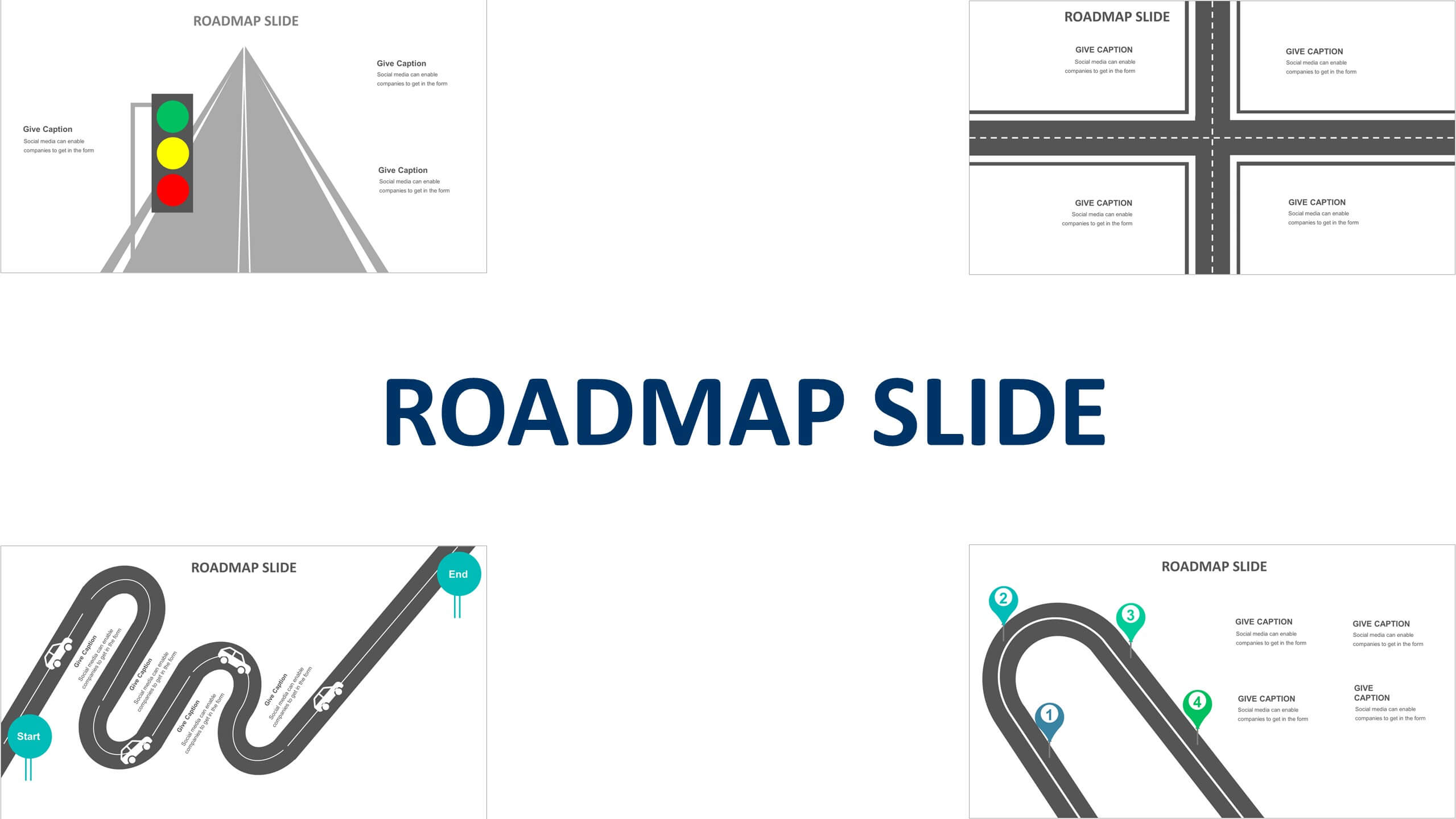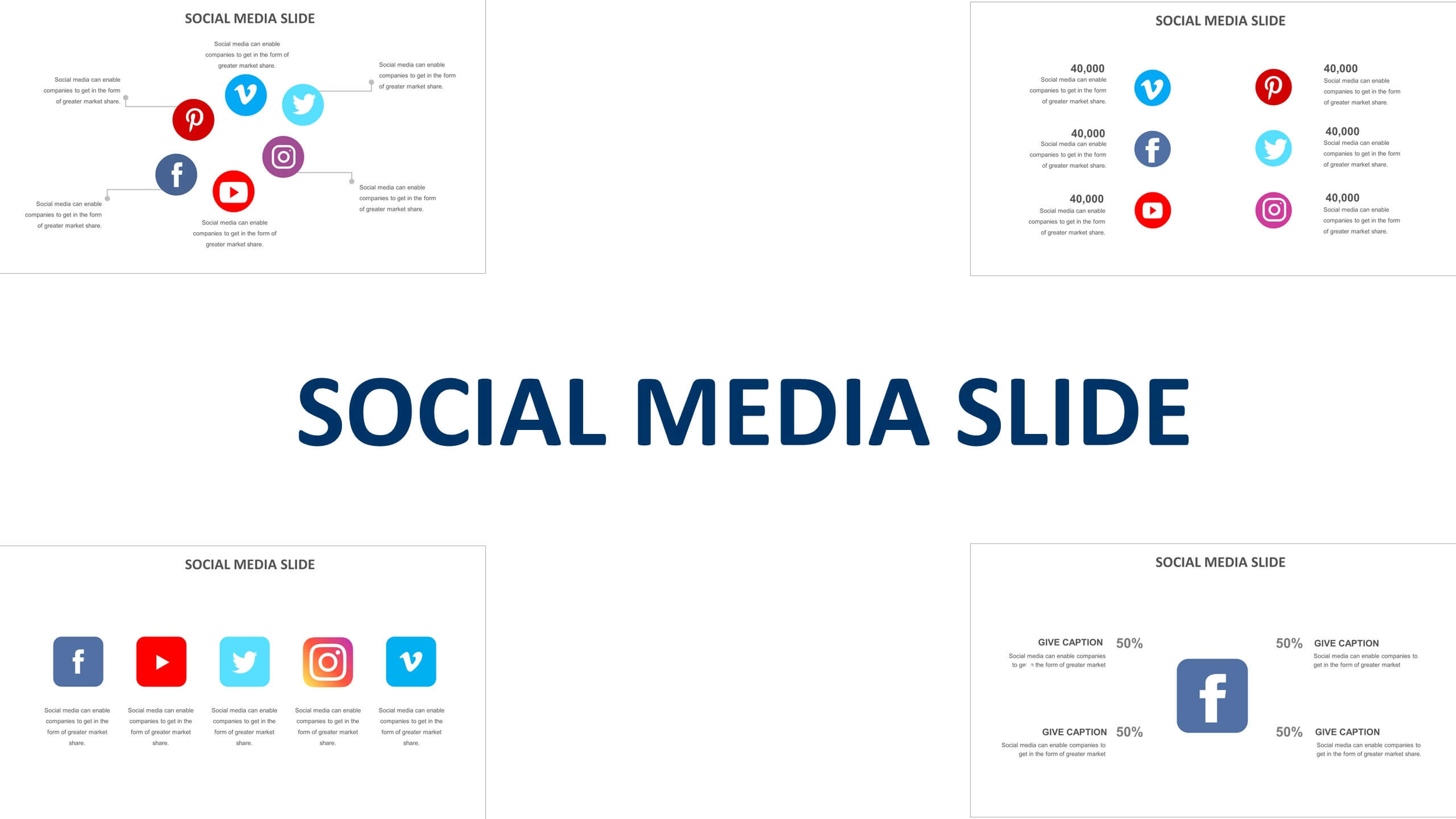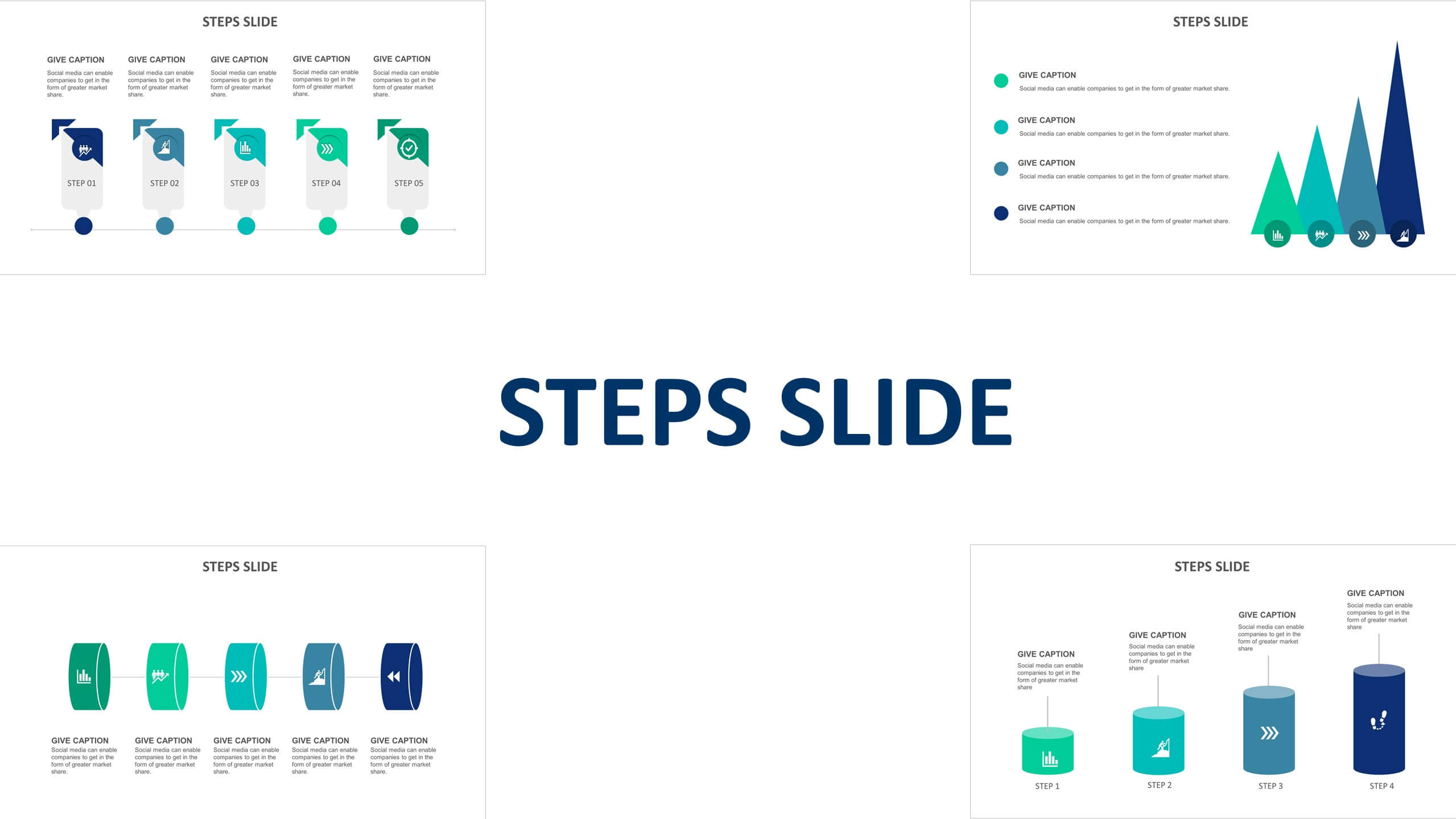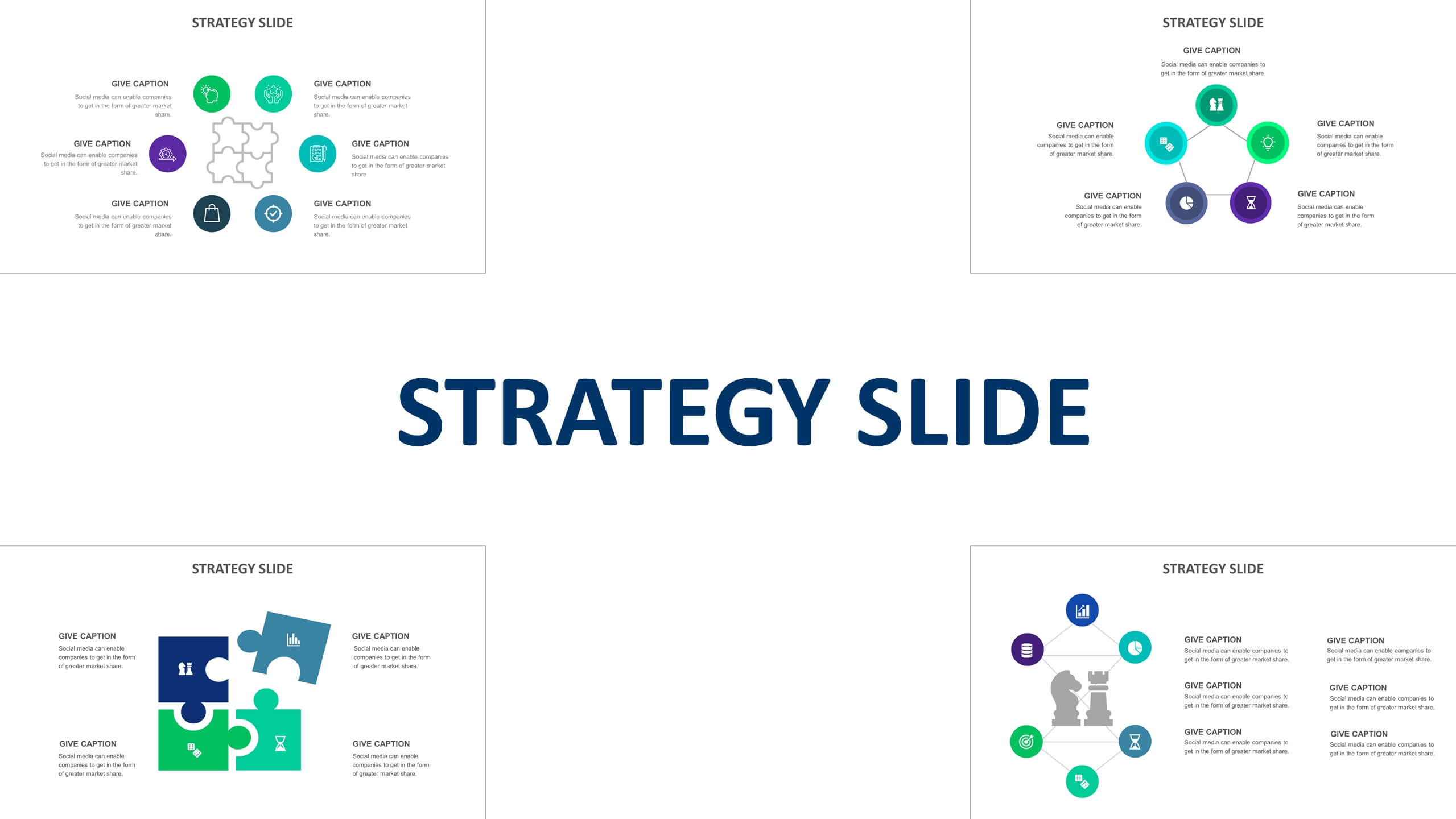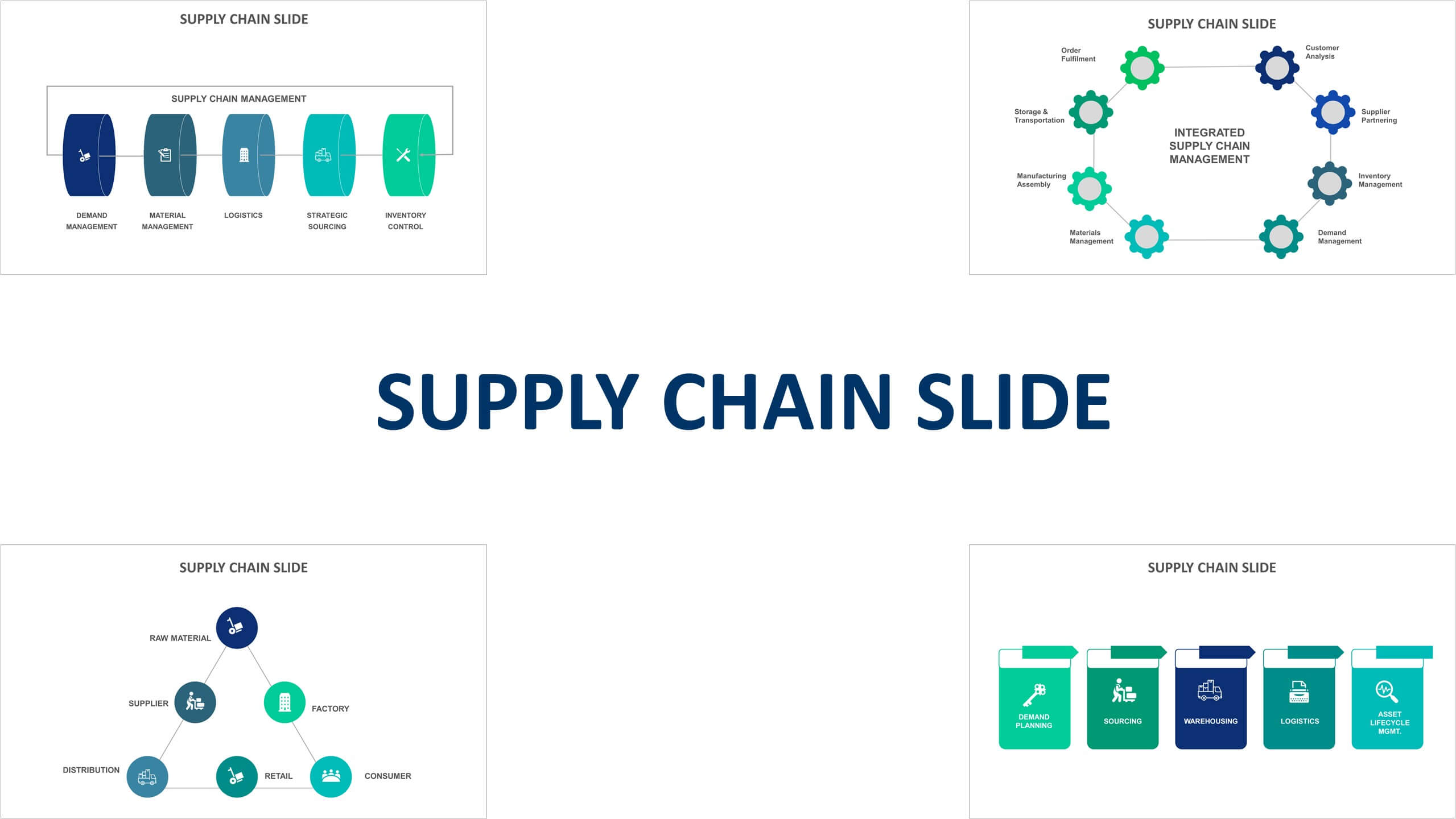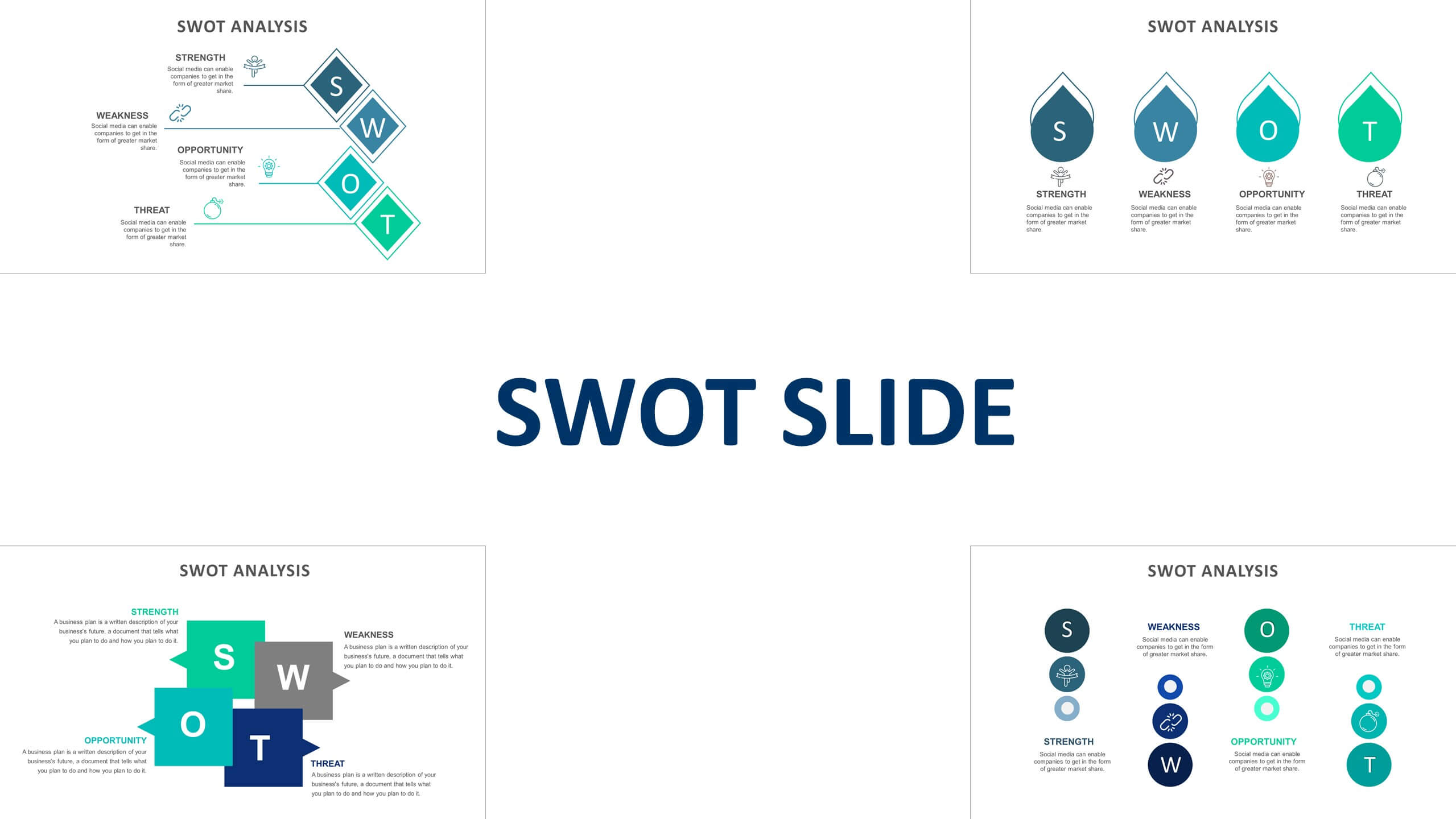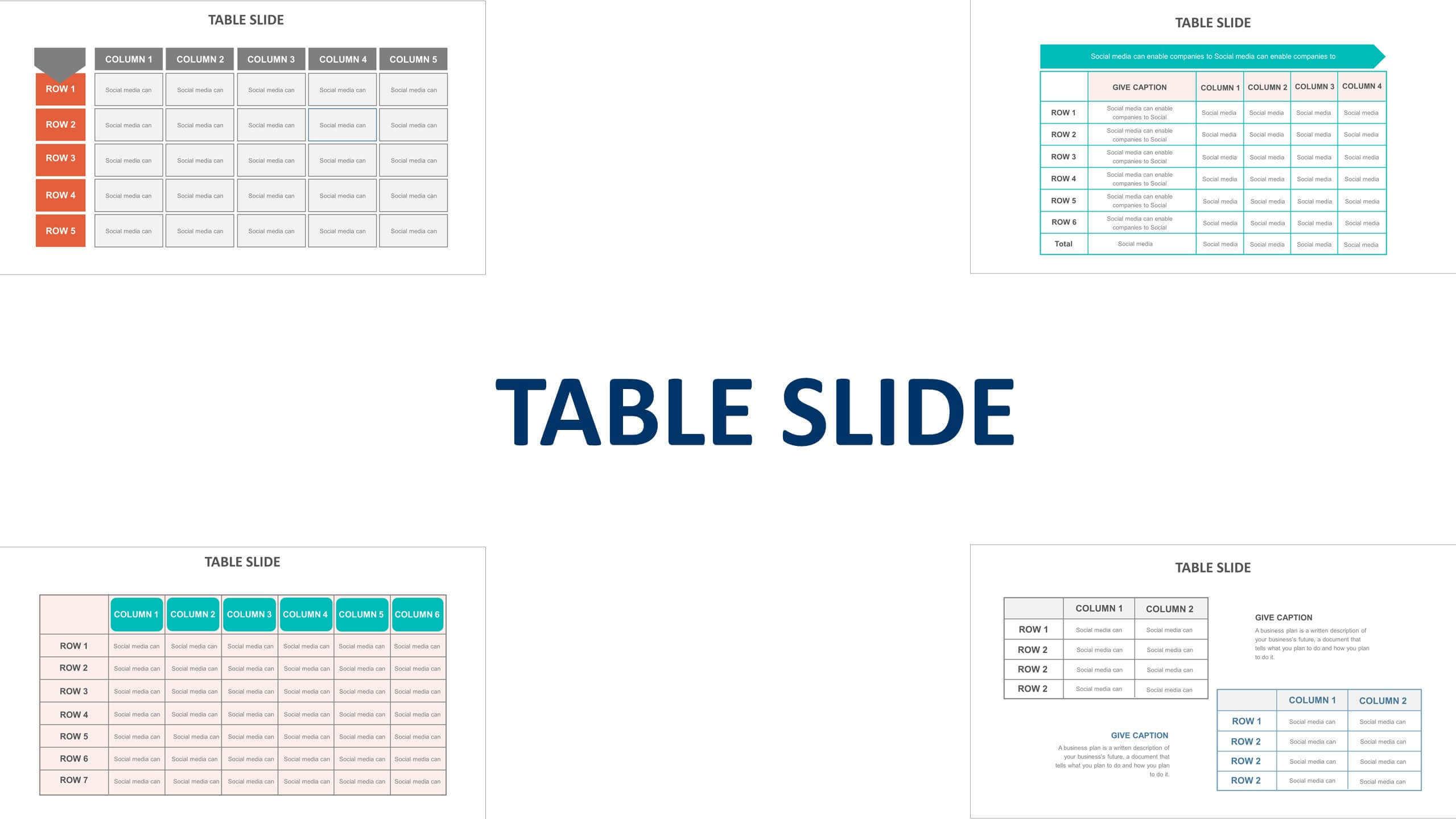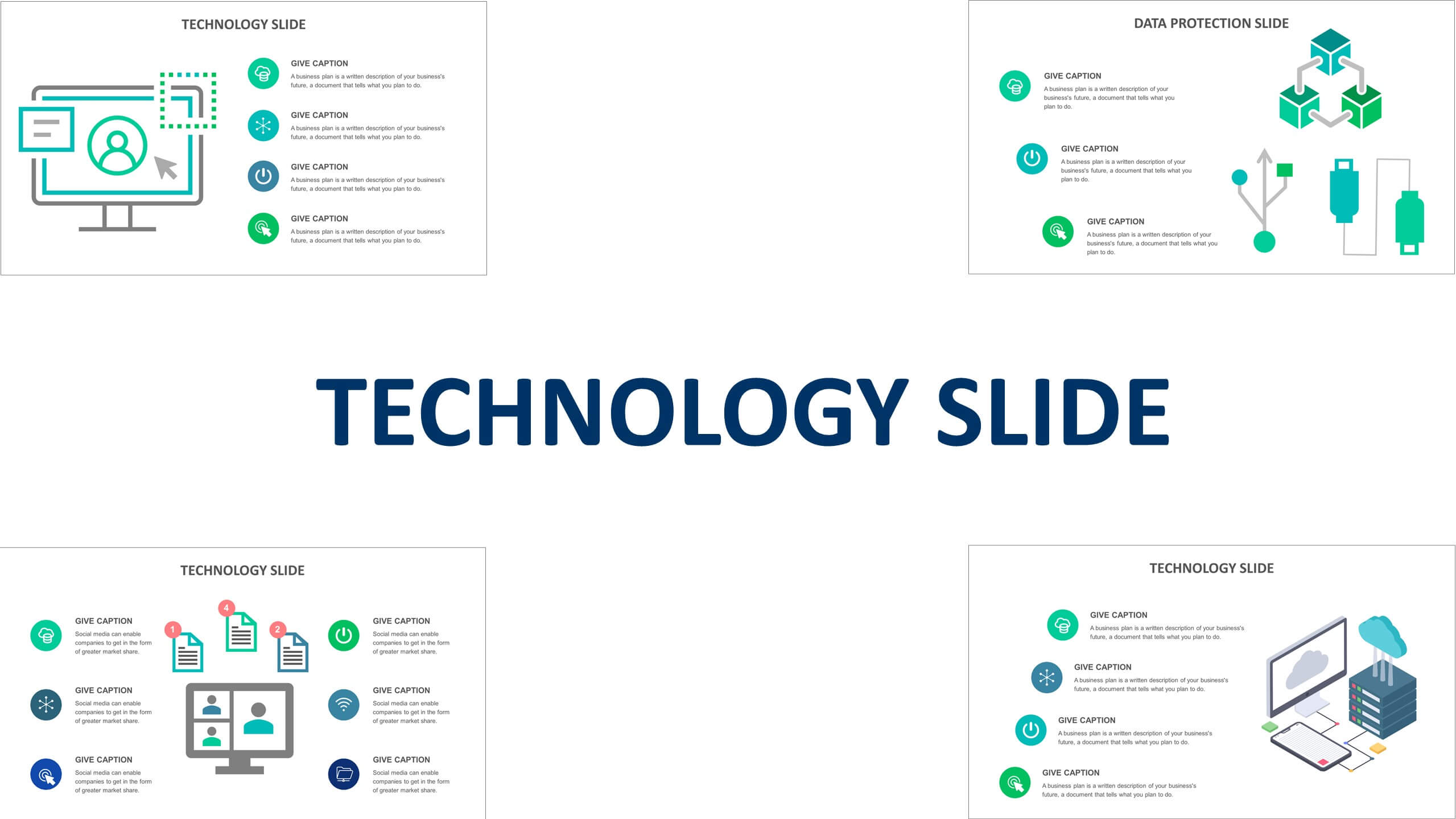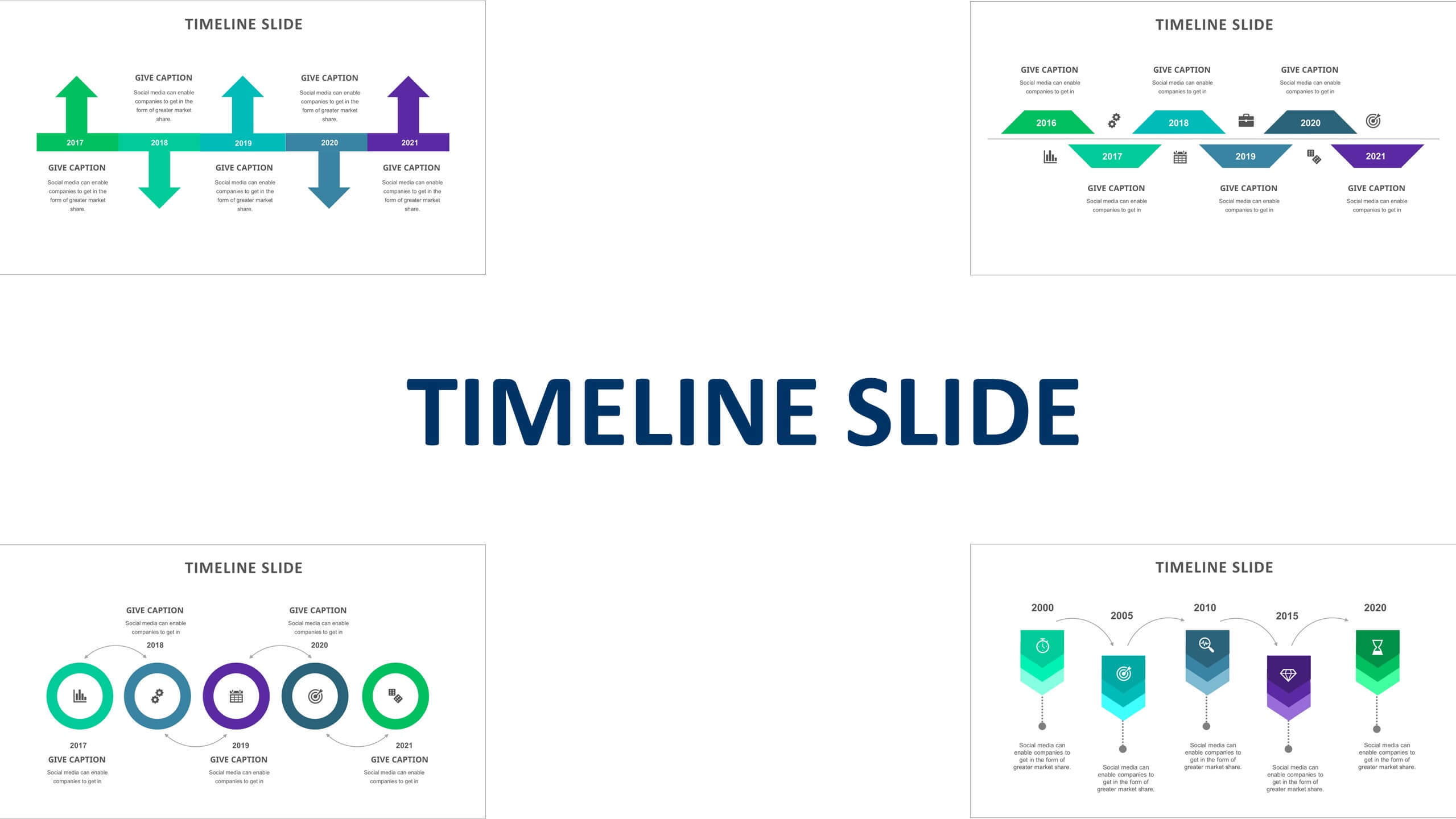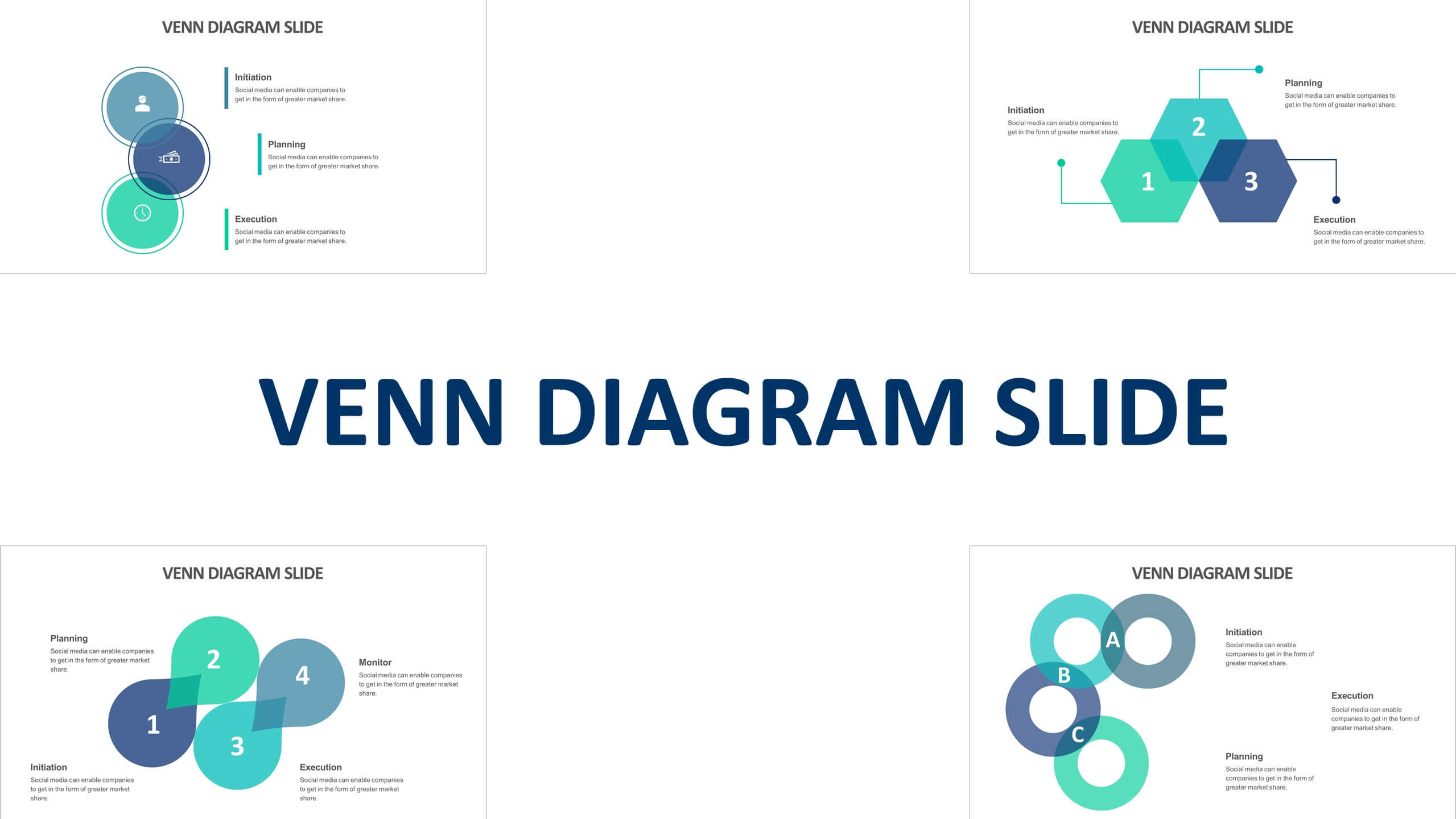Fishbone slide templates for presentation in PowerPoint, Google Slides and Keynote
Fishbone slide templates are a great way to organize causes and effects.
Fishbone diagrams are a great way to organize causes and effects. By using a fishbone diagram, you can easily see all of the potential causes and effects of a problem. This can help you to come up with possible solutions to the problem. The fishbone diagram, also known as the Ishikawa diagram, is a tool used for problem solving and quality control. The diagram is named after its inventor, Kaoru Ishikawa. The diagram is used to help identify the root causes of problems. The diagram is made up of a series of bones, or ribs, that represent the different factors that contribute to the problem.
Causes: The four main types of causes are problem, root, contributory, and symptomatic.
Every event has a cause, some more obvious than others. The four main types of causes are problem, root, contributory, and symptomatic. A problem cause is one that is easily identifiable and usually resolved through a specific action or set of actions. For example, the problem cause of a clogged sink might be a piece of hair caught in the drain. Once the hair is removed, the sink will function properly again. A root cause, on the other hand, is not as easily identified or resolved. It may require extensive investigation and analysis to determine what needs to be done in order to eliminate it. A contributory cause is one that helps to create or aggravate a problem but is not necessarily responsible for it. For example, poor ventilation might contribute to the growth of mold in a building but it would not be responsible for the mold unless there was no ventilation at all.
Effects: The six main types of effects are consequence, output, response, impact, benefit, and drawback.
When looking at the effects of something, there are six main types to consider. The first is consequence- this is what happens as a direct result of an action. The second is output- this is the result of the interaction between the subject and its environment. The third is response- this is how the subject reacts to the output. The fourth type of effect is impact- this is how the subject and its environment are changed as a result of the action. Fifth, there is benefit- what good comes from the action? And lastly, there is drawb- what negative consequences come from the action?
You may also like:
We recommend getting Full Access to our presentation templates, which will give you the flexibility and more options to create an amazing and standout presentation.
Features:
- Templates are available in PowerPoint, Google Slides, and Keynote.
- PowerPoint templates are with/without animation
- Ready template, just edit your text as required
Download
After completion of payment, download link will be sent to your email to download the slides.
